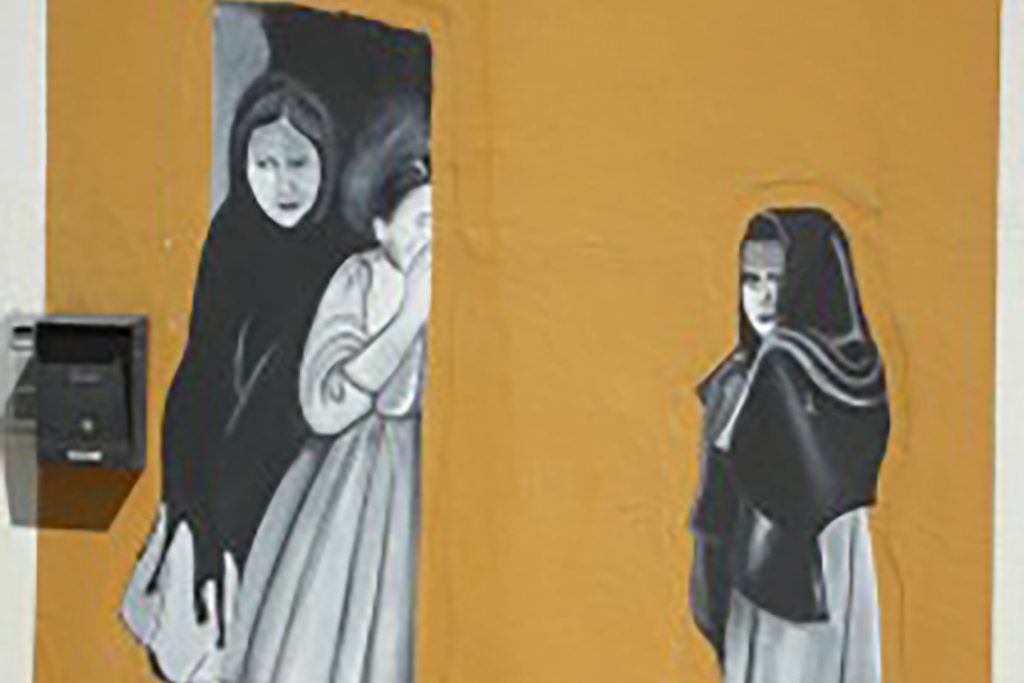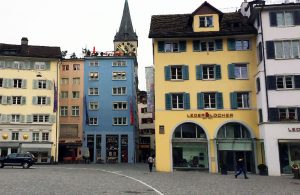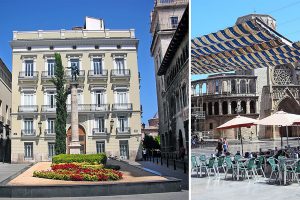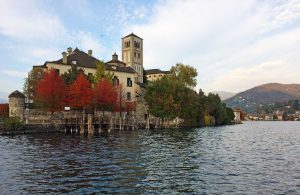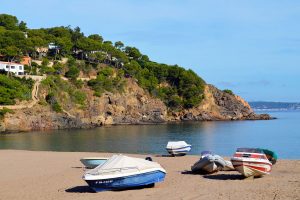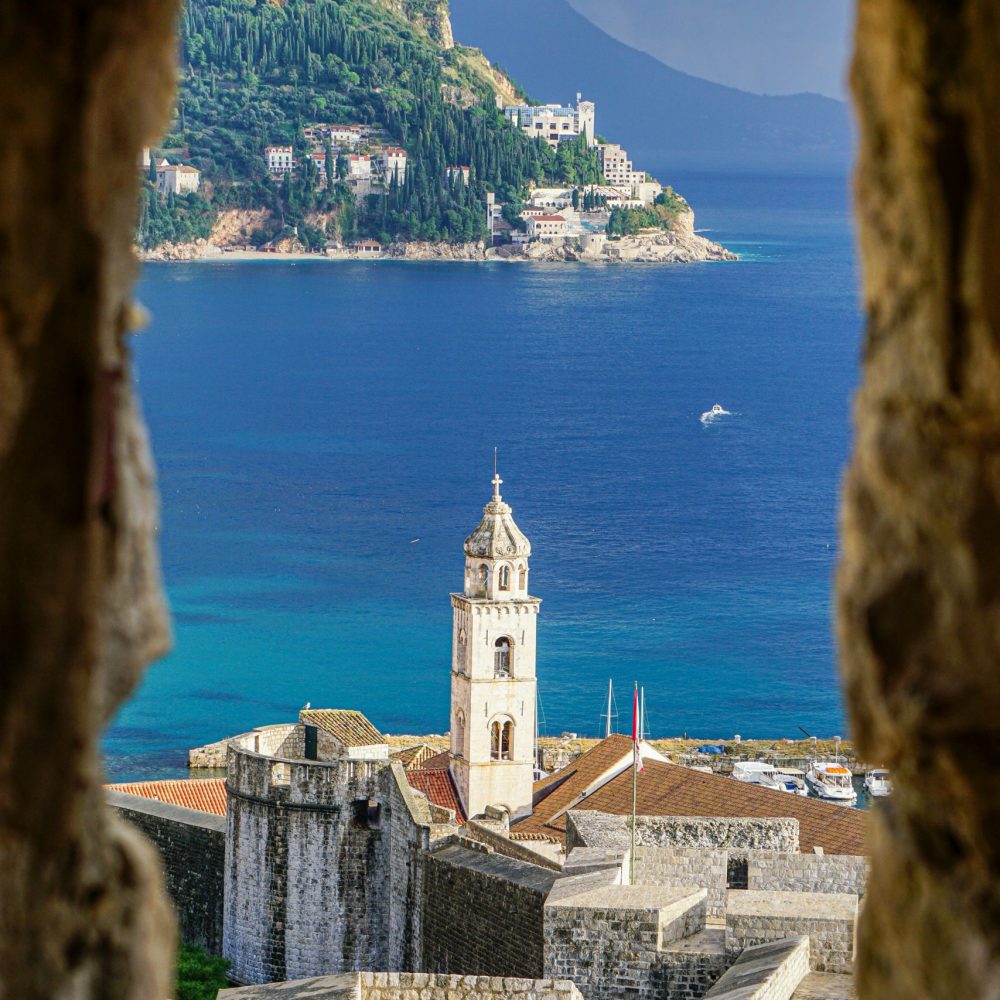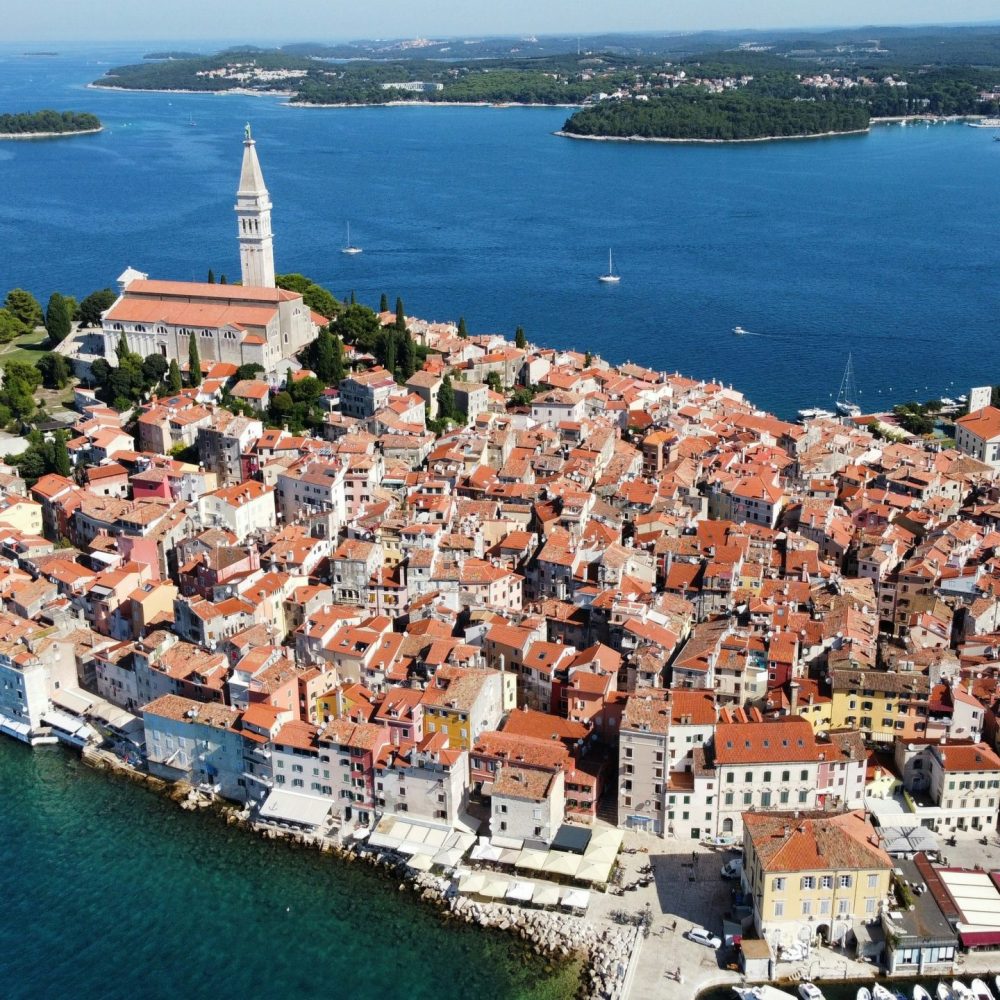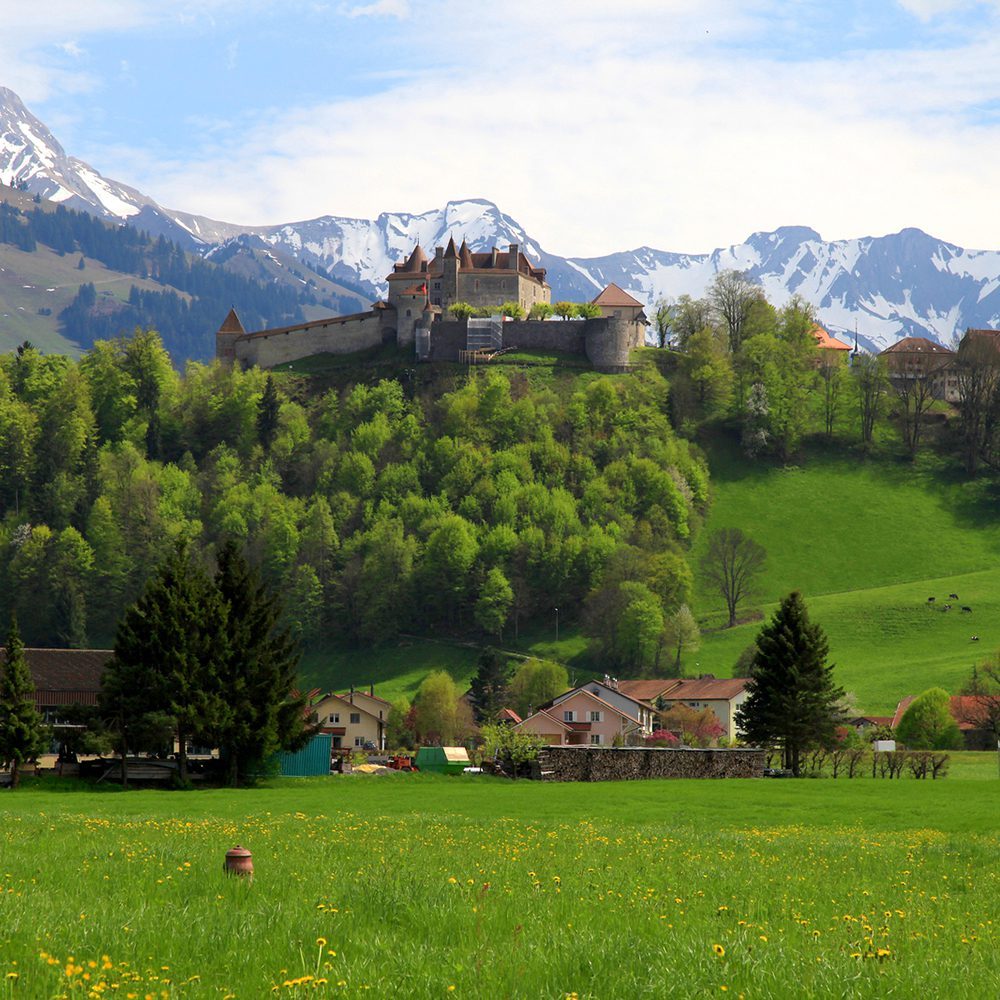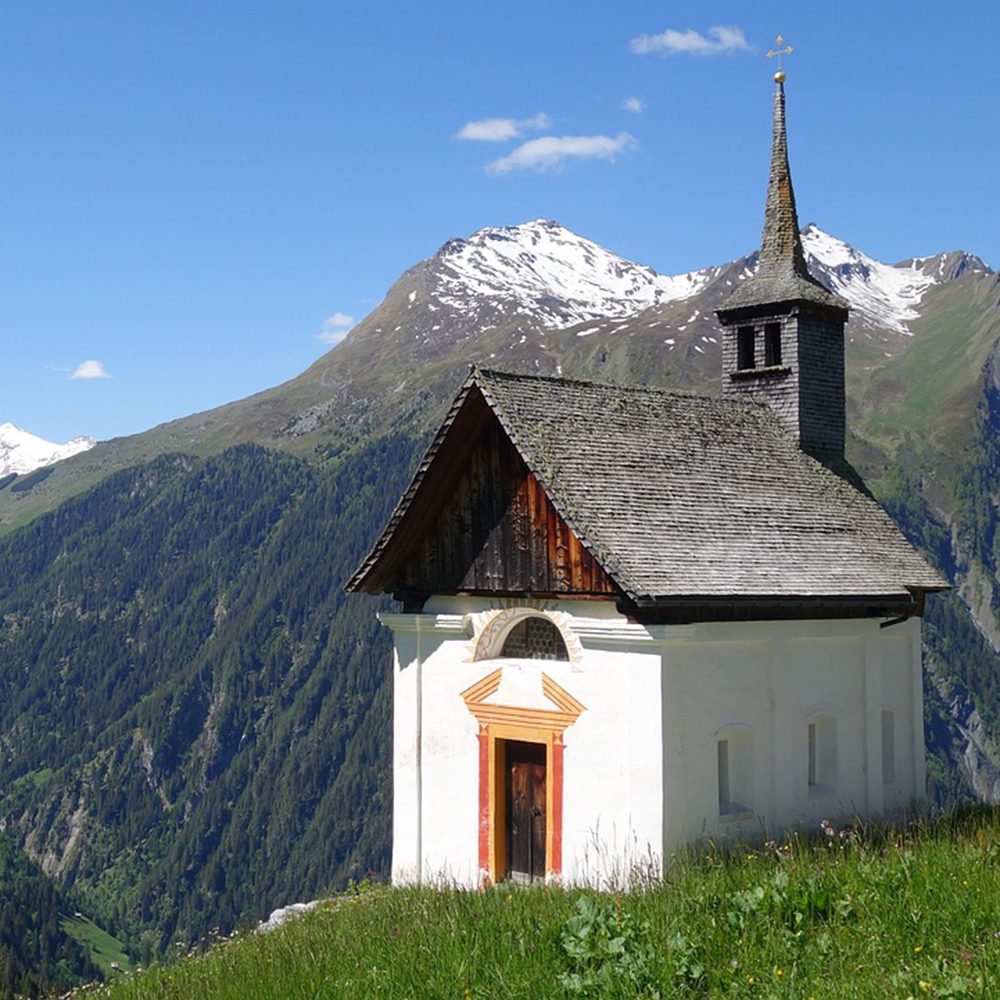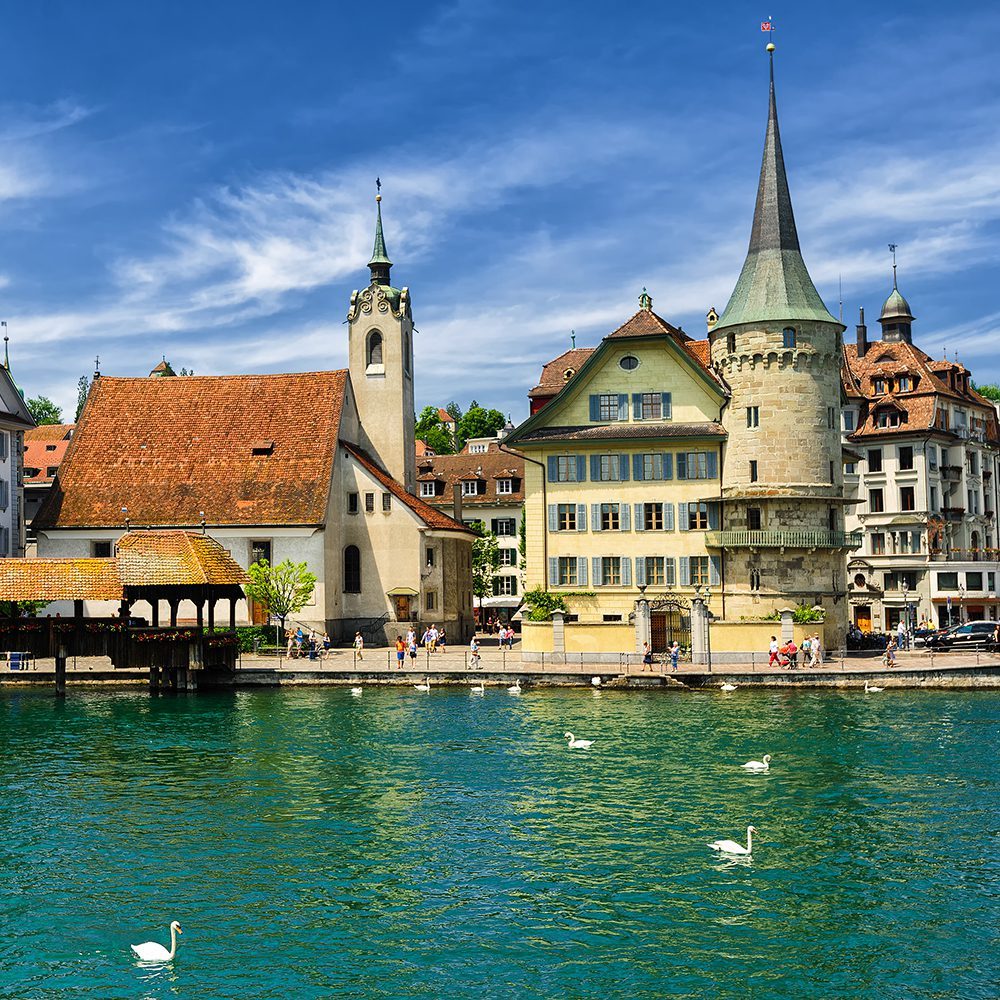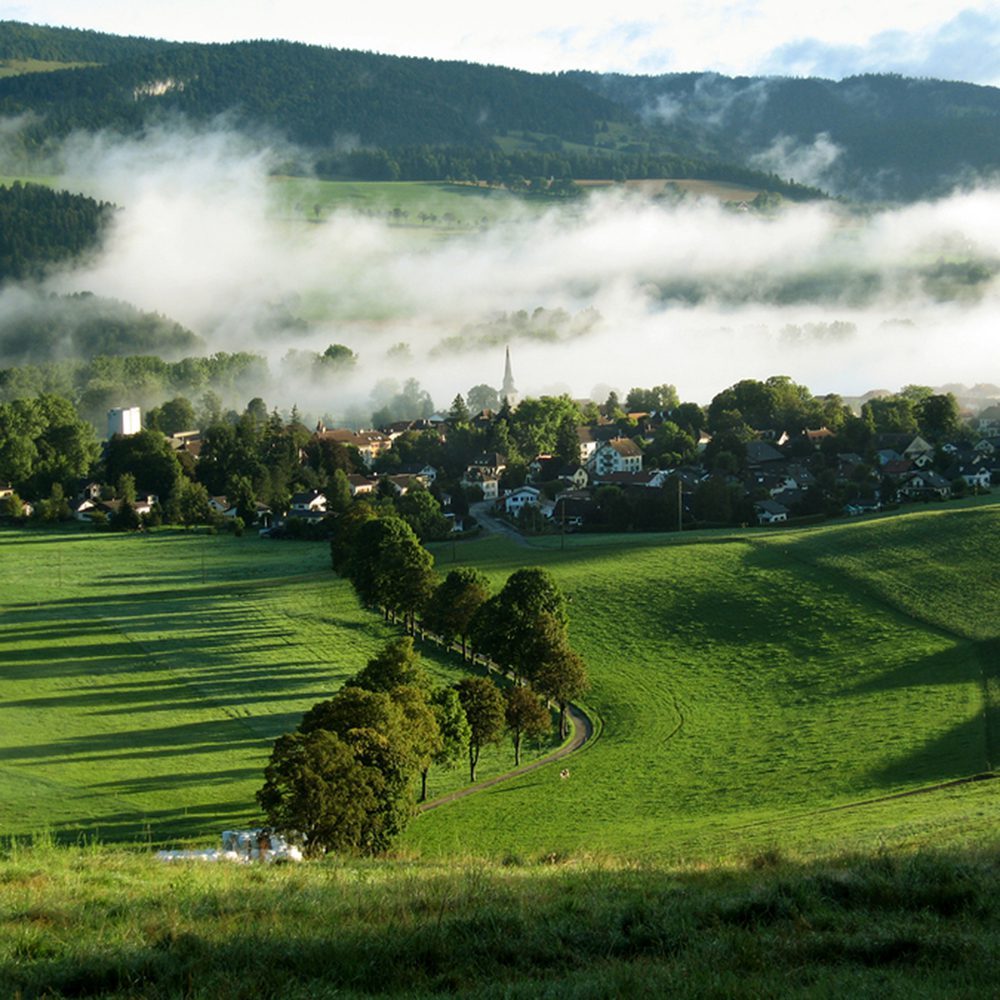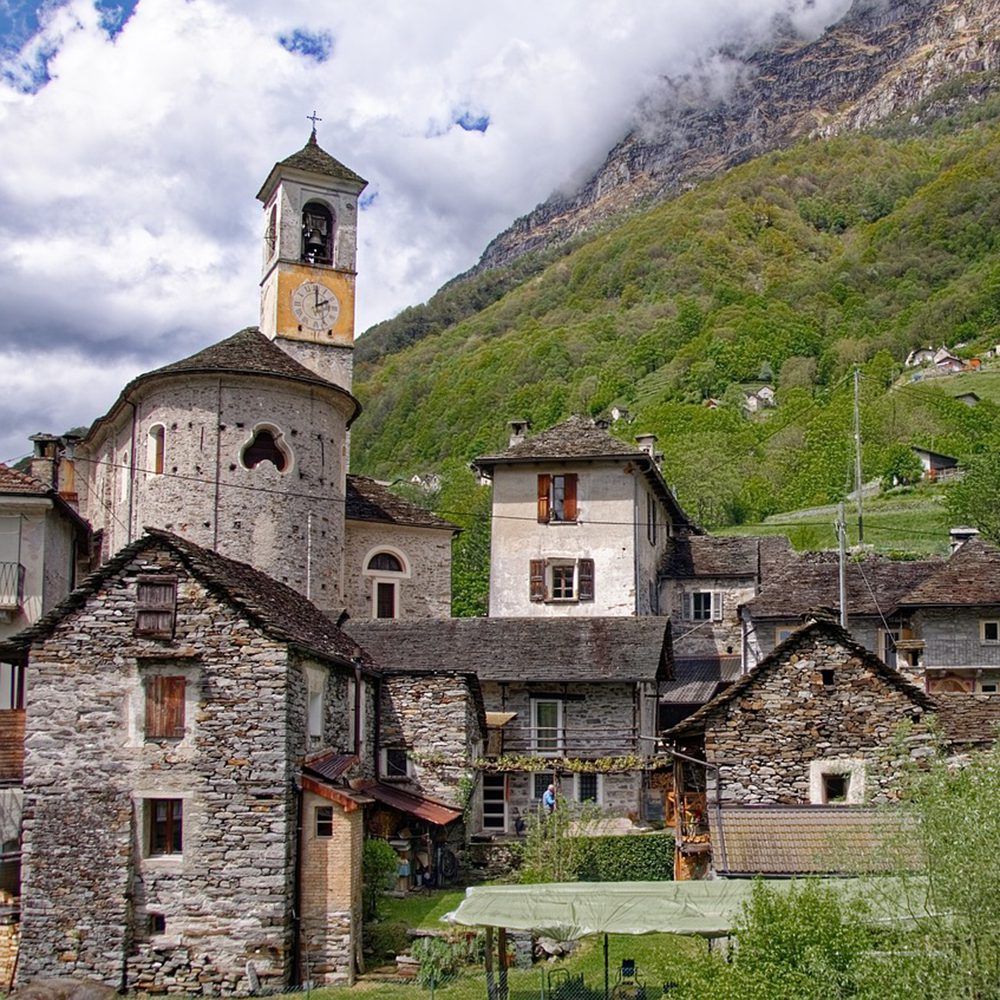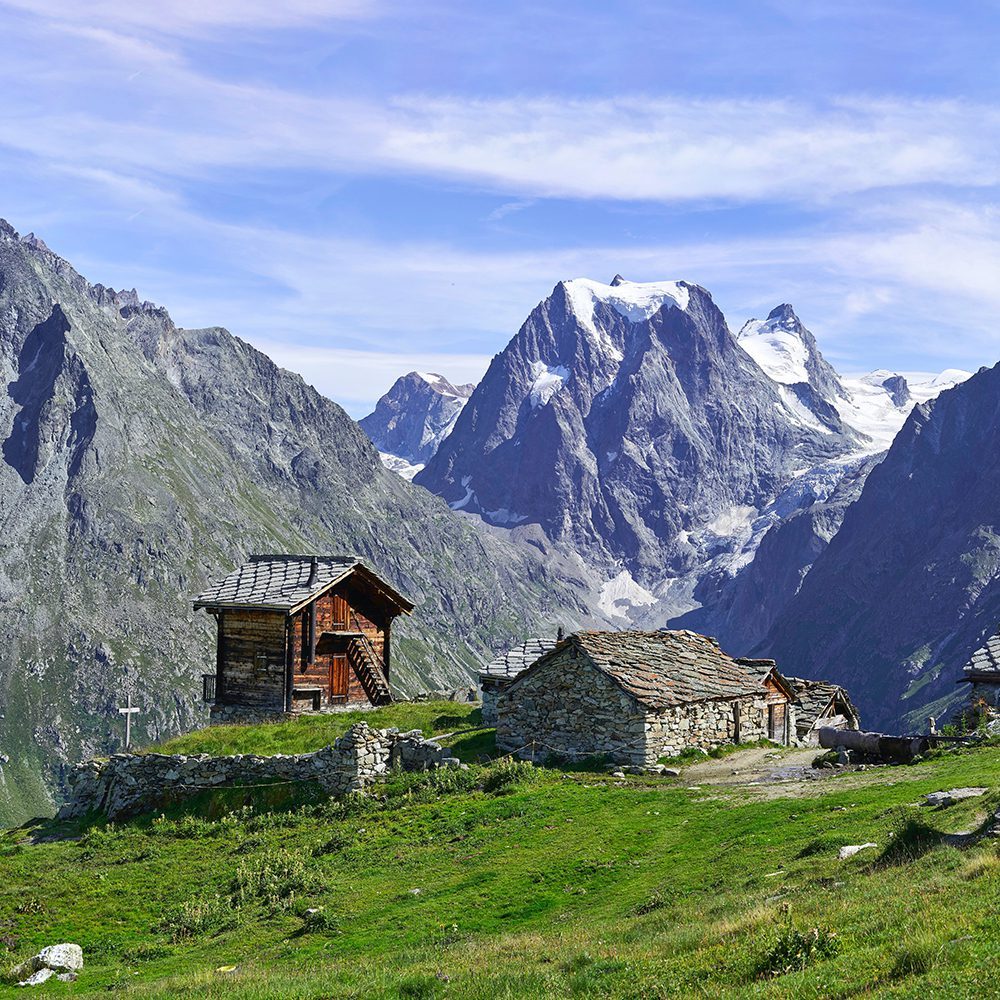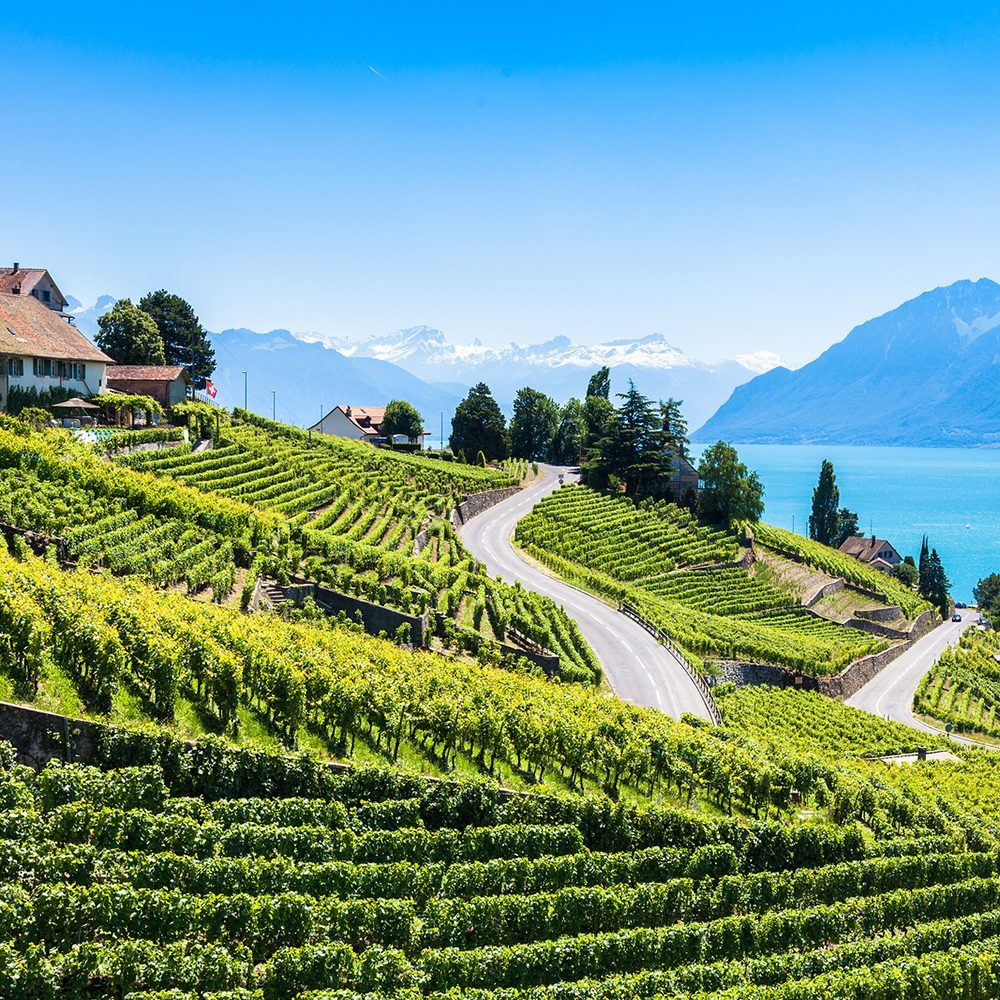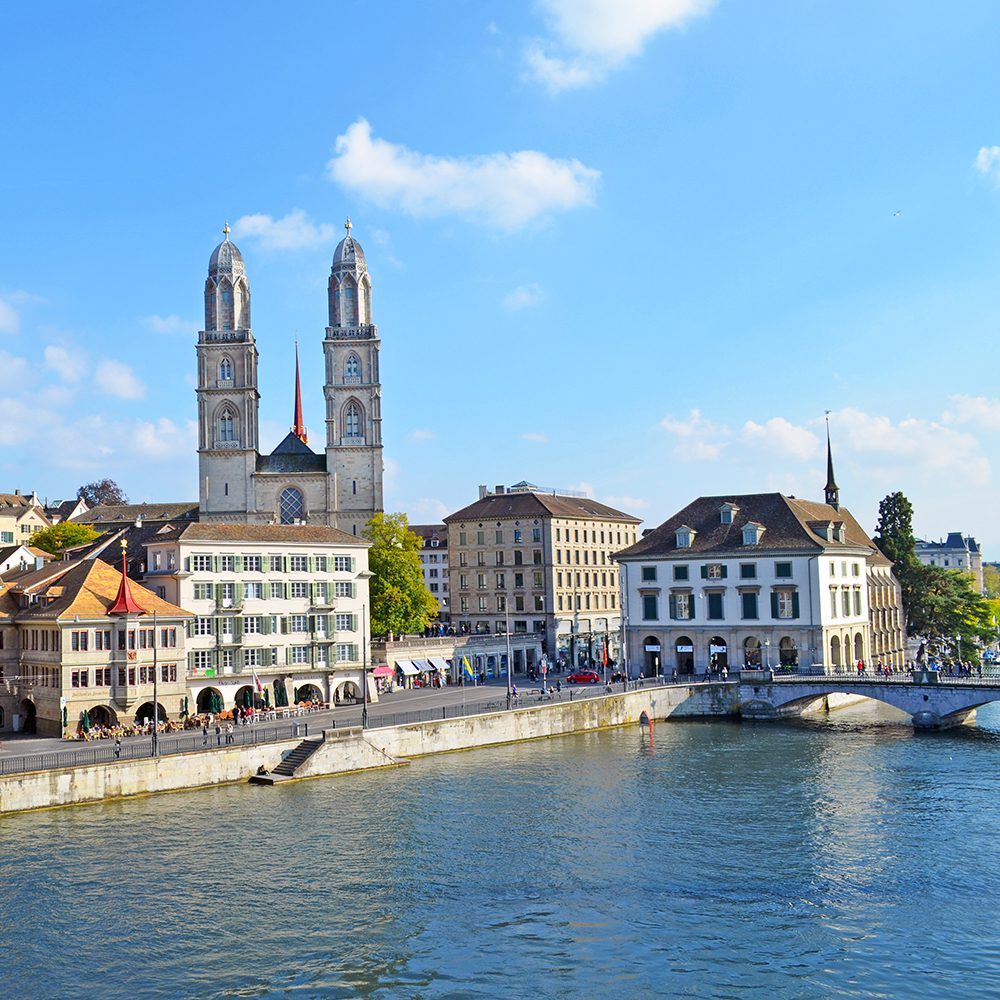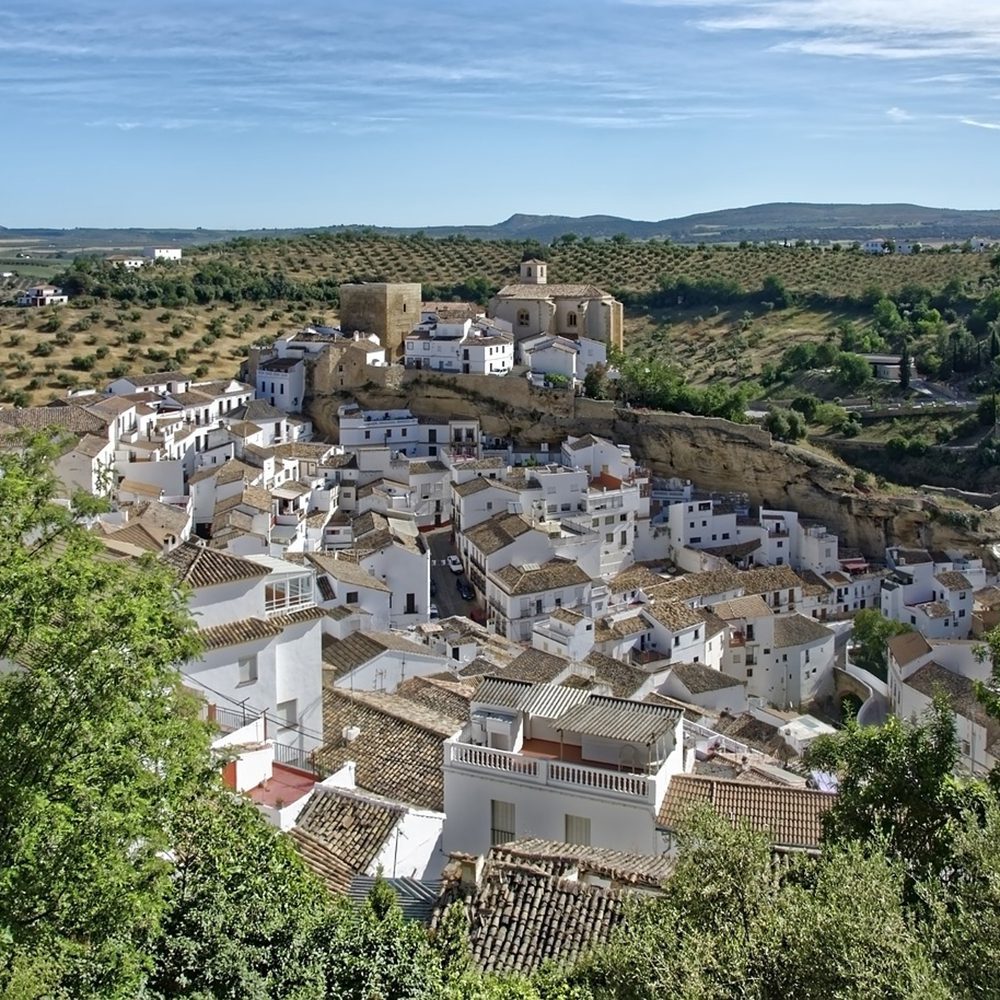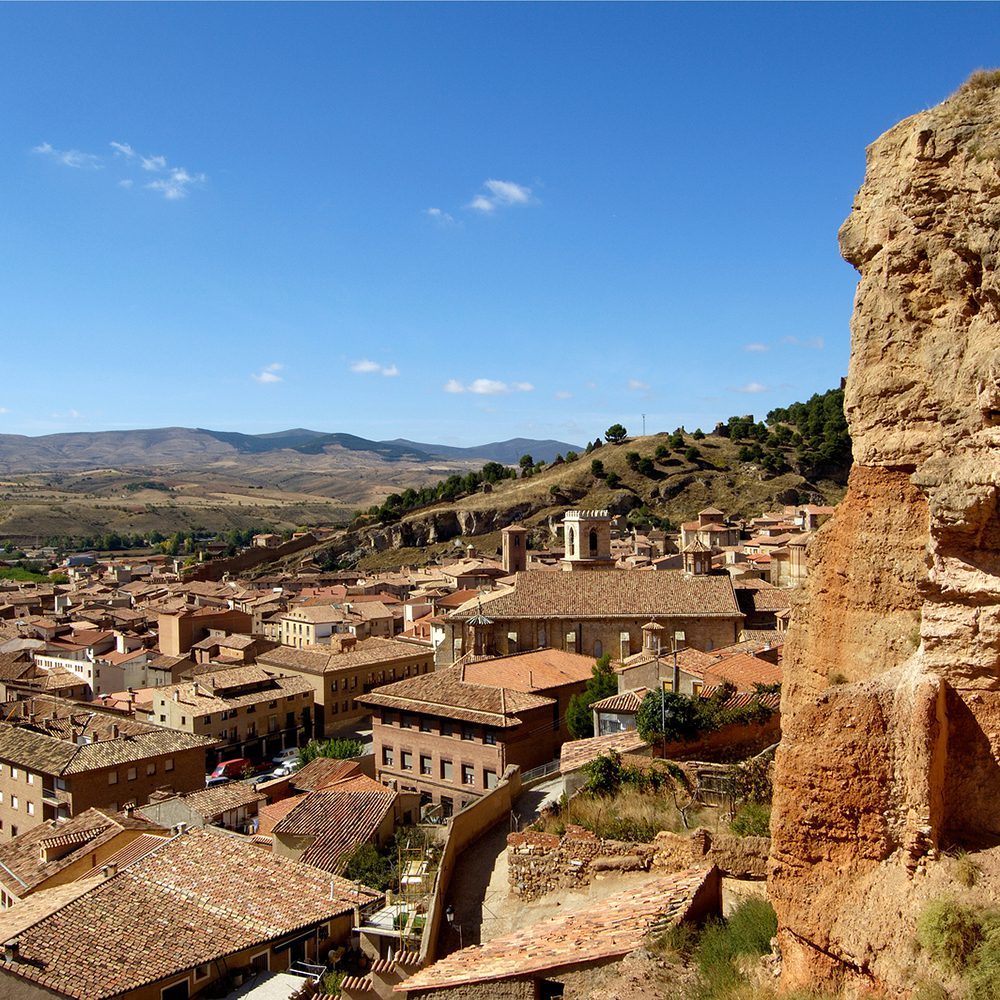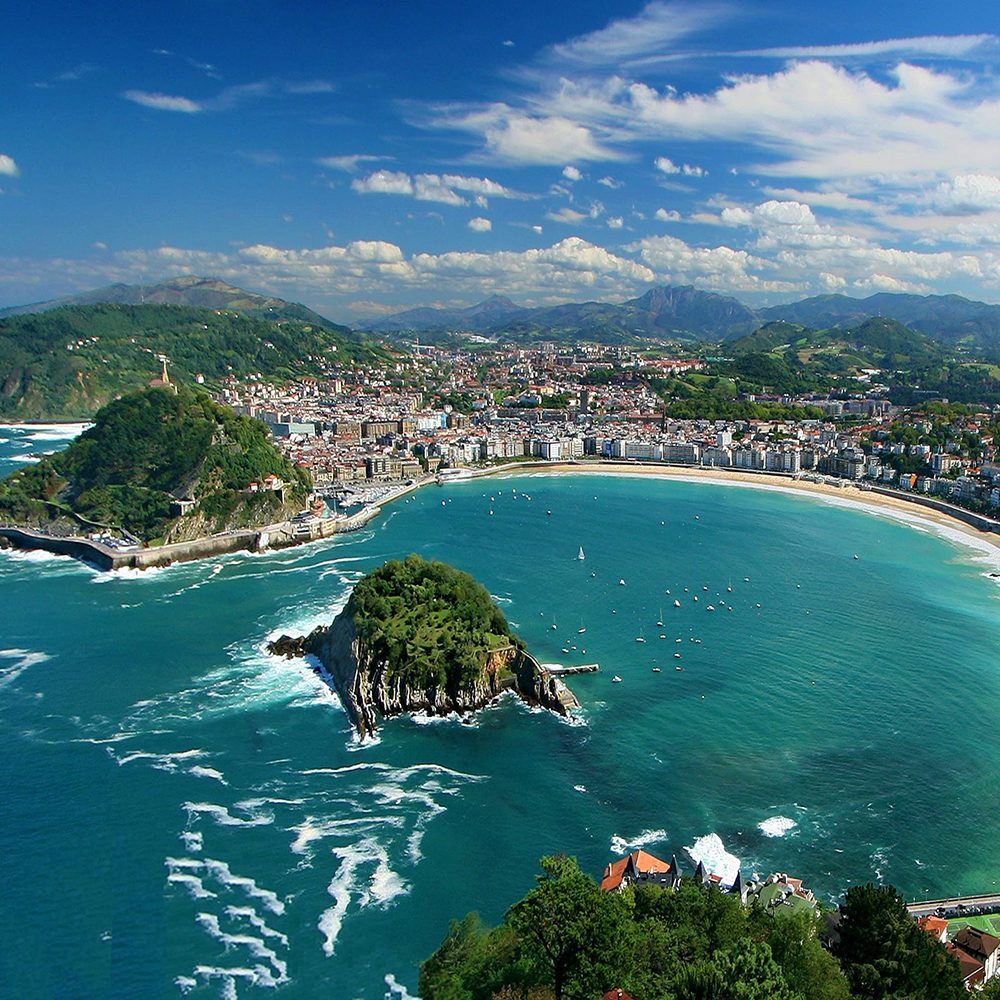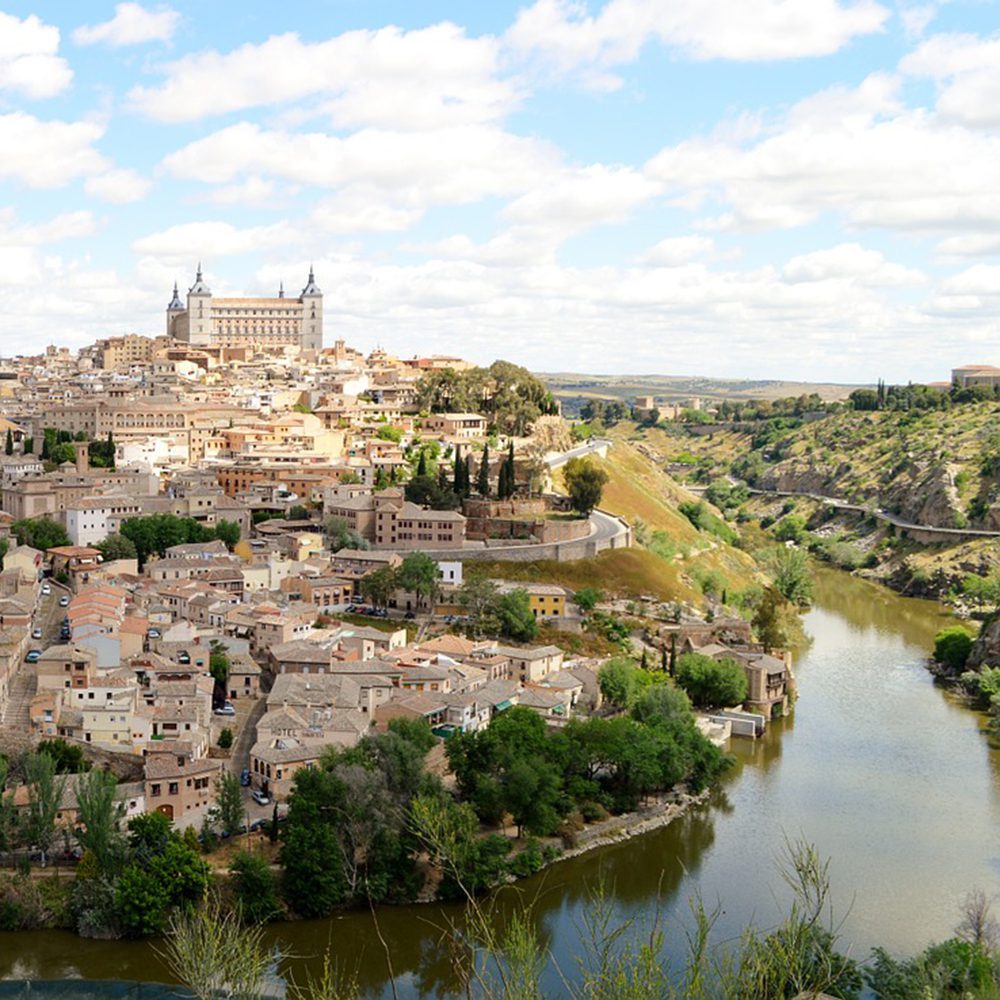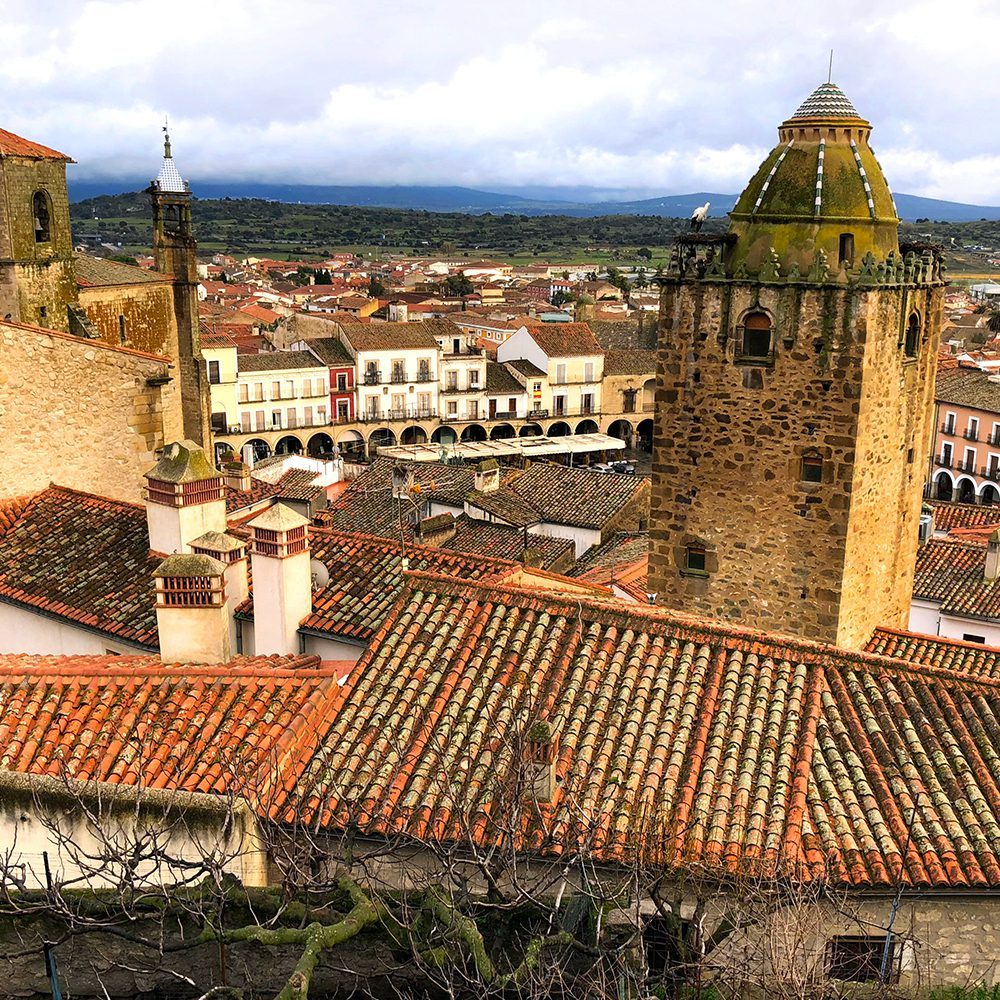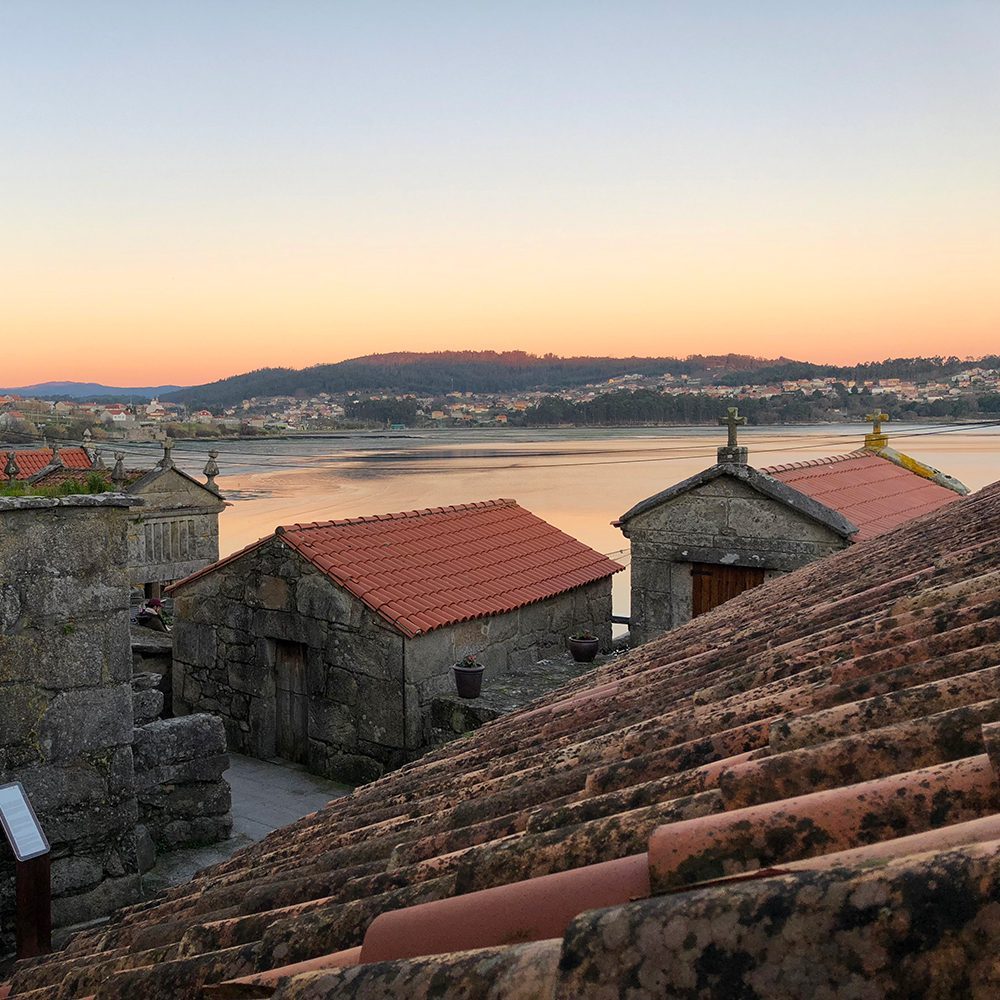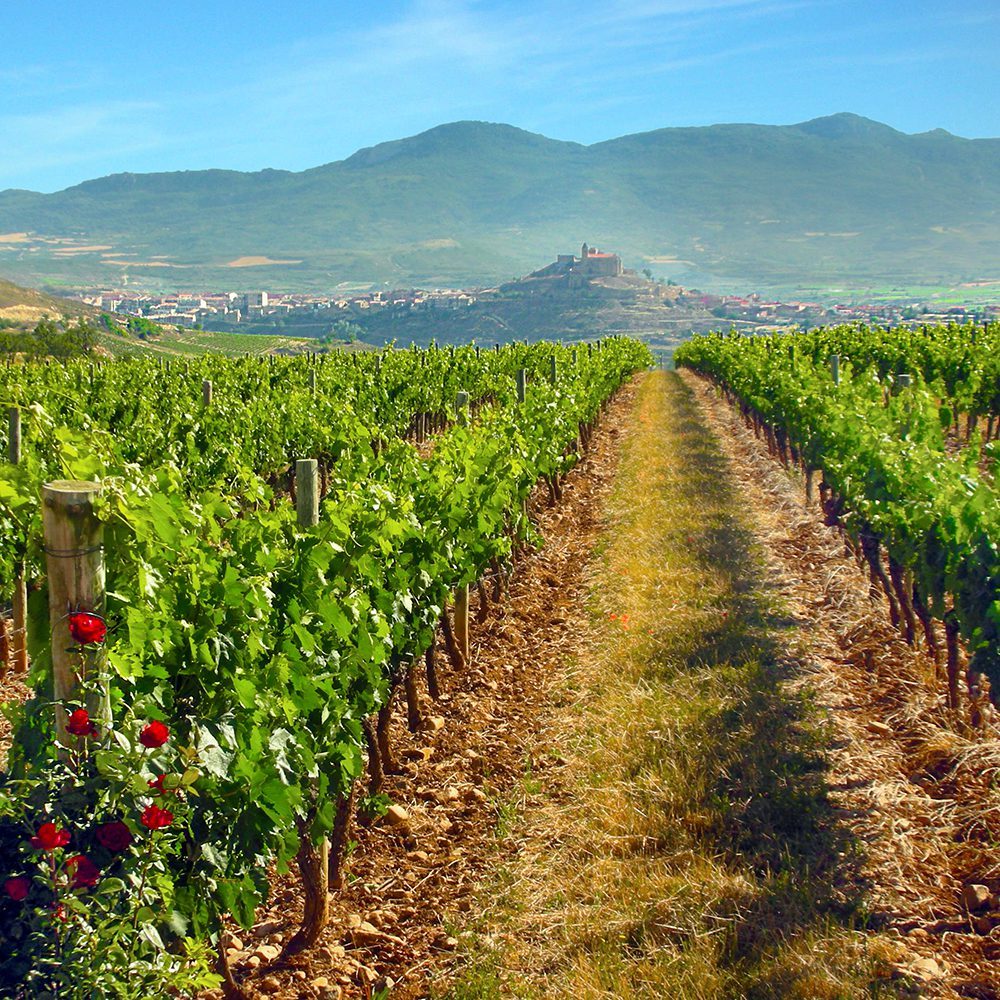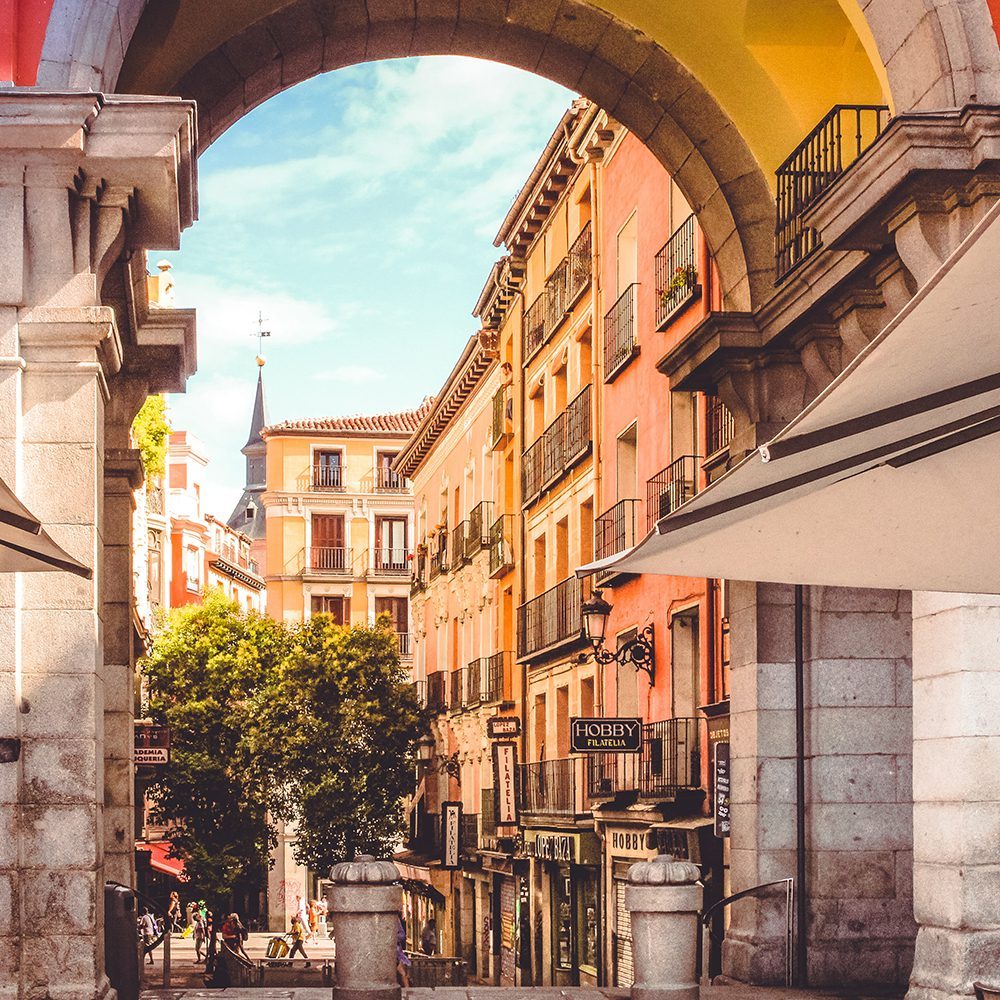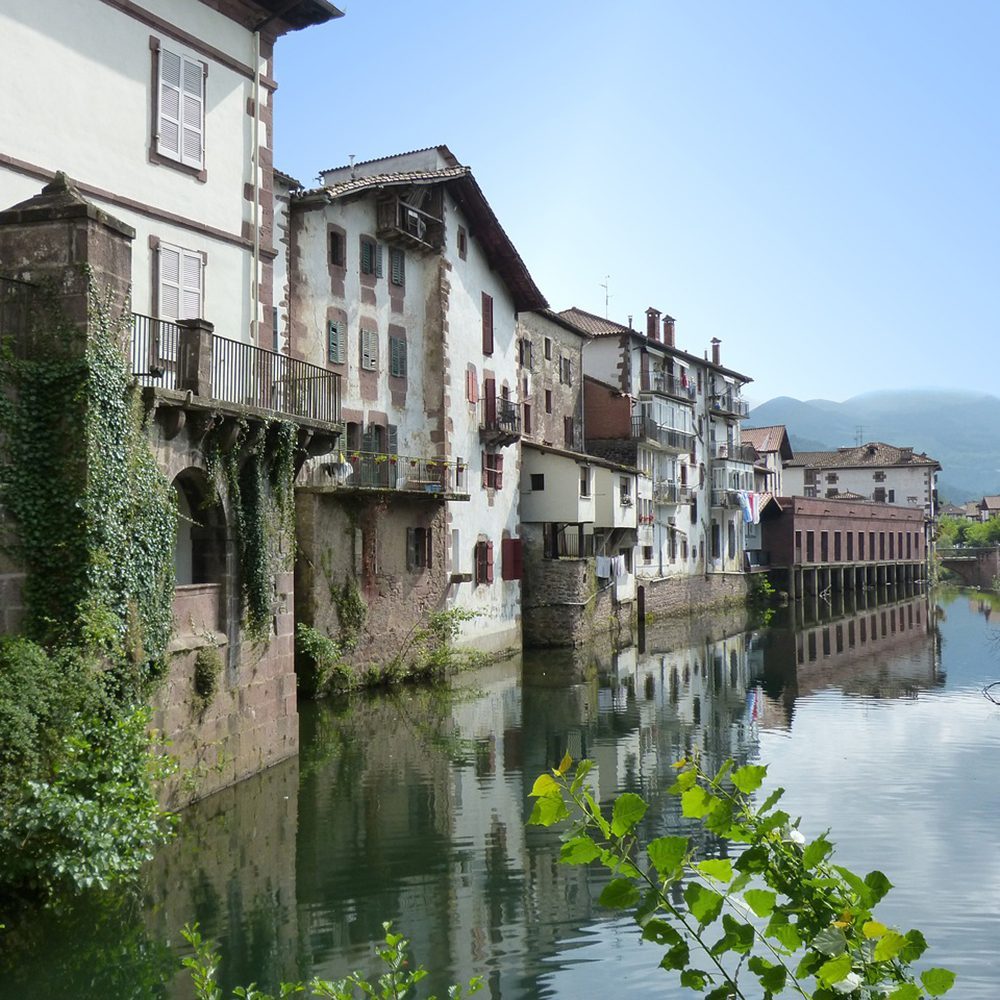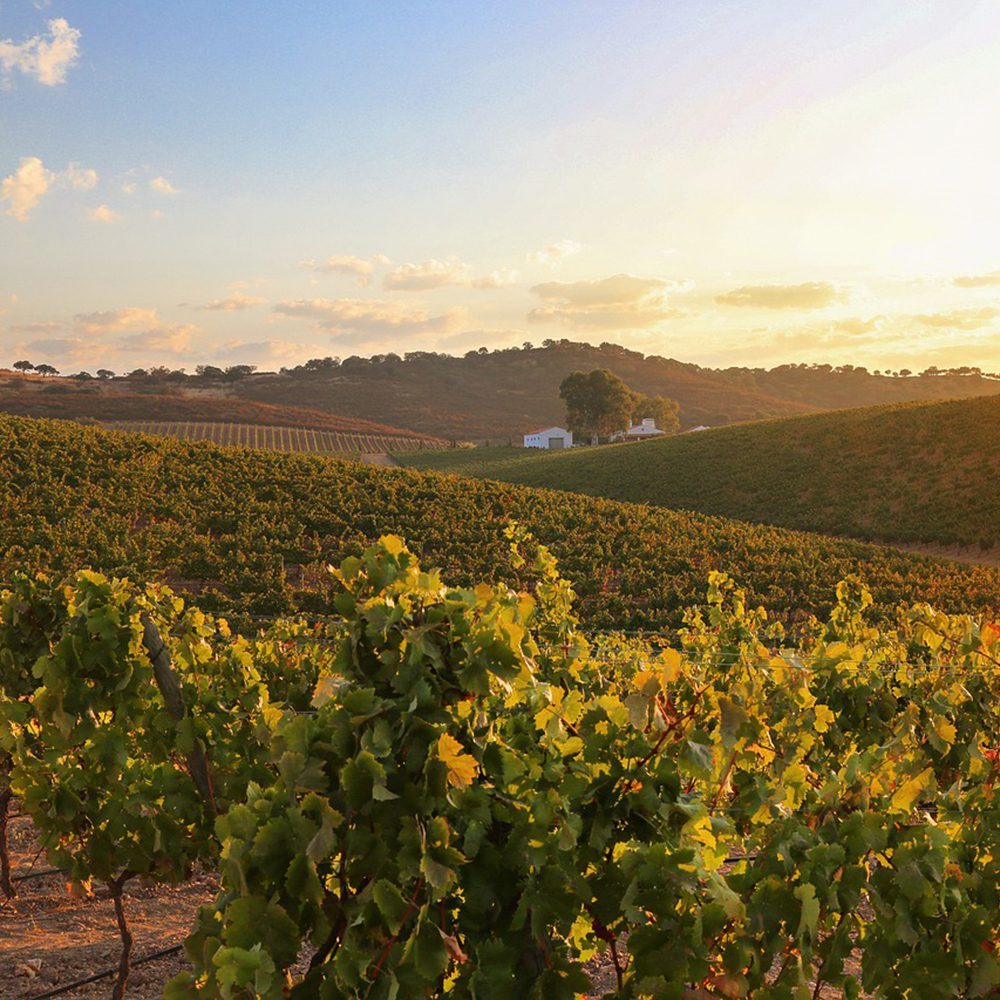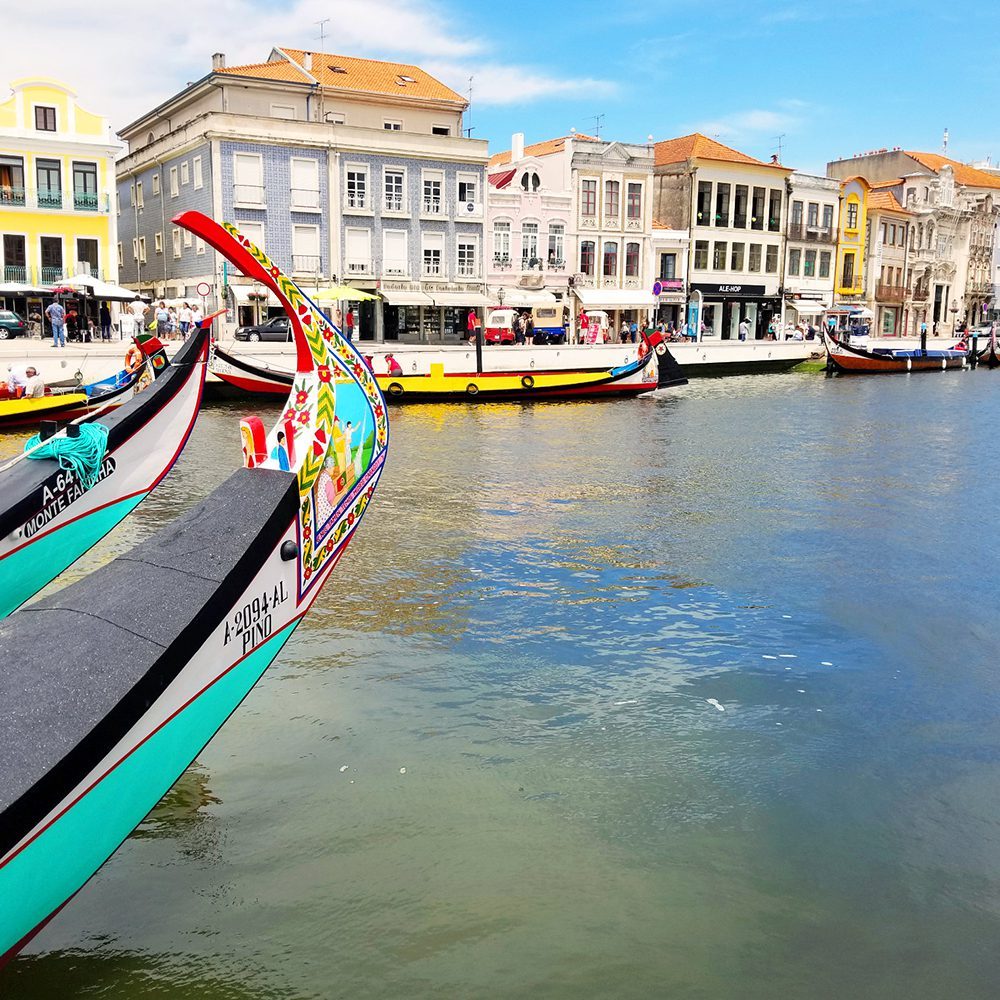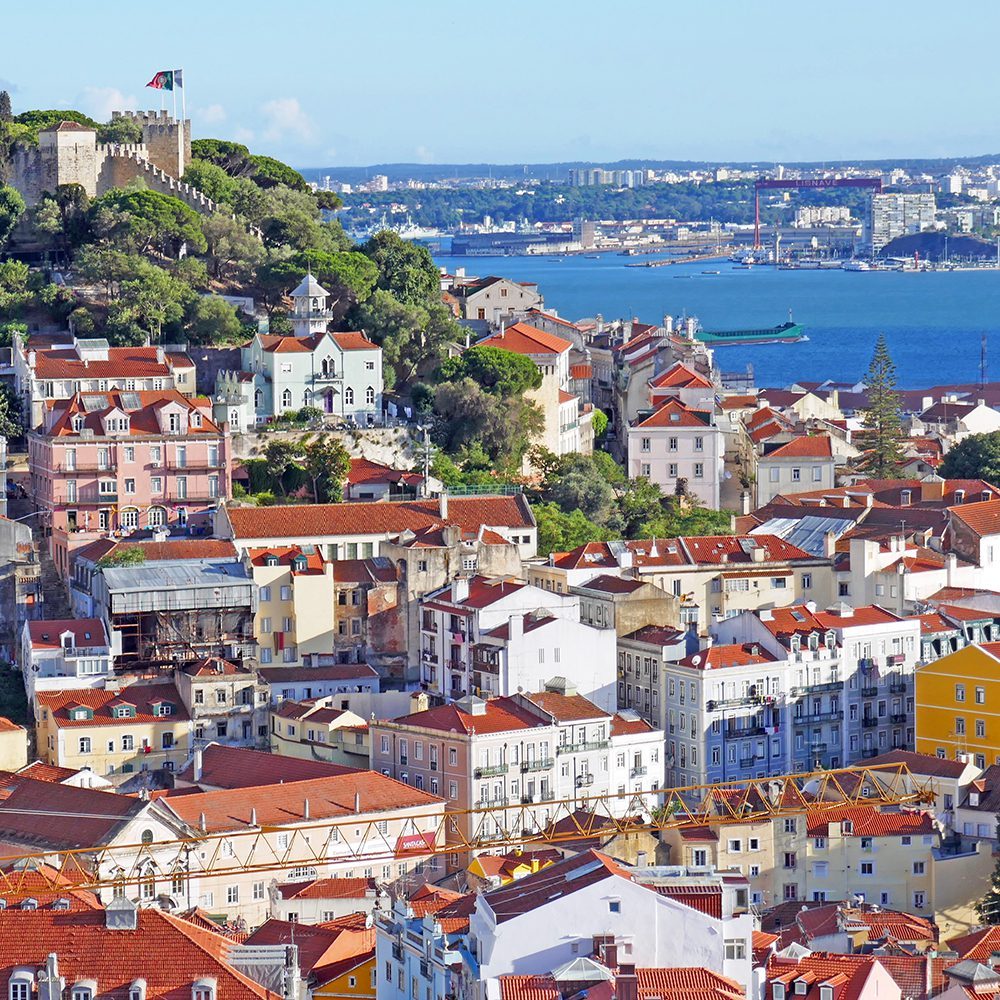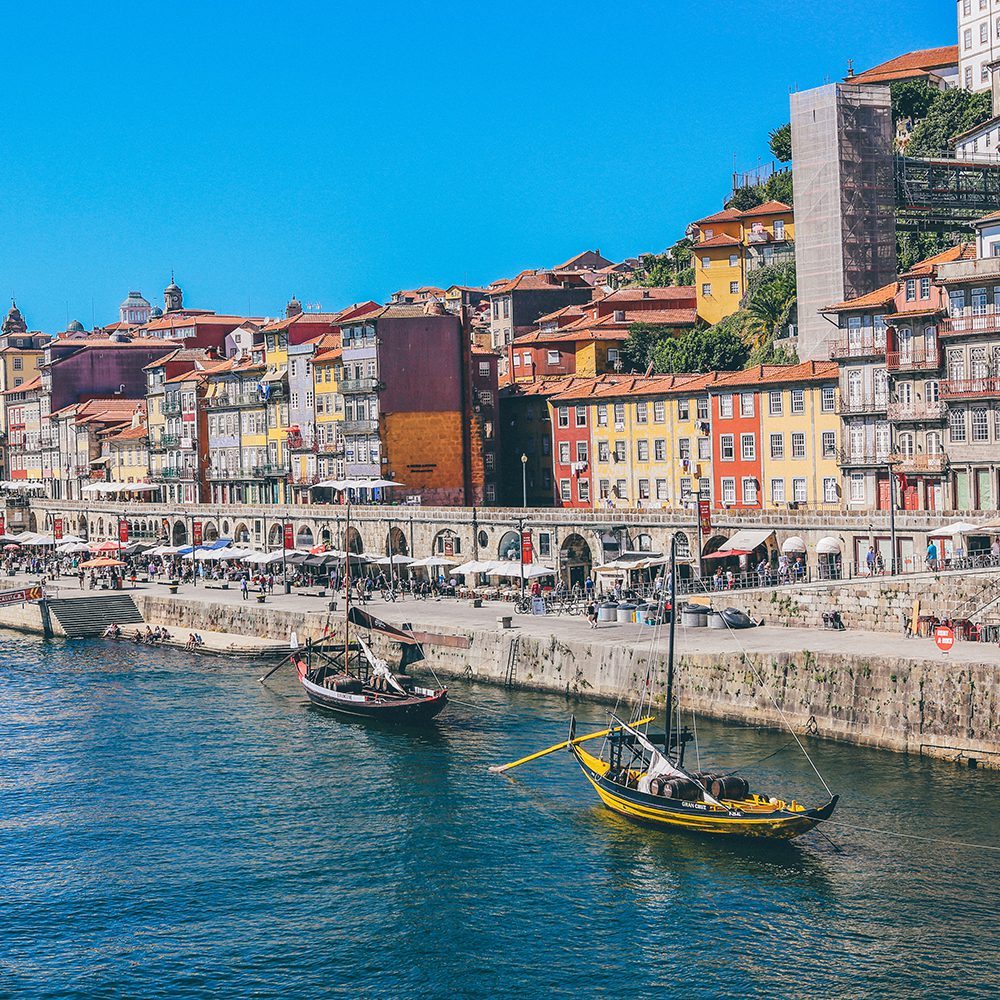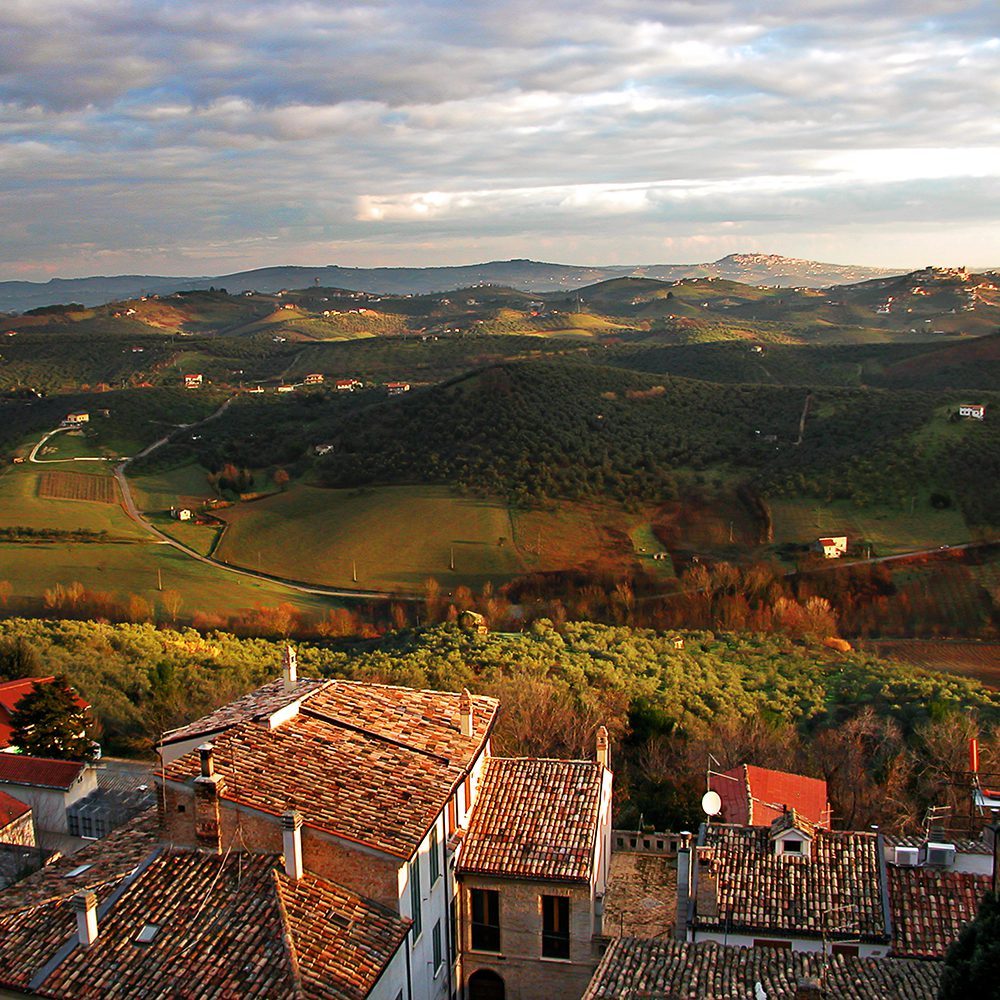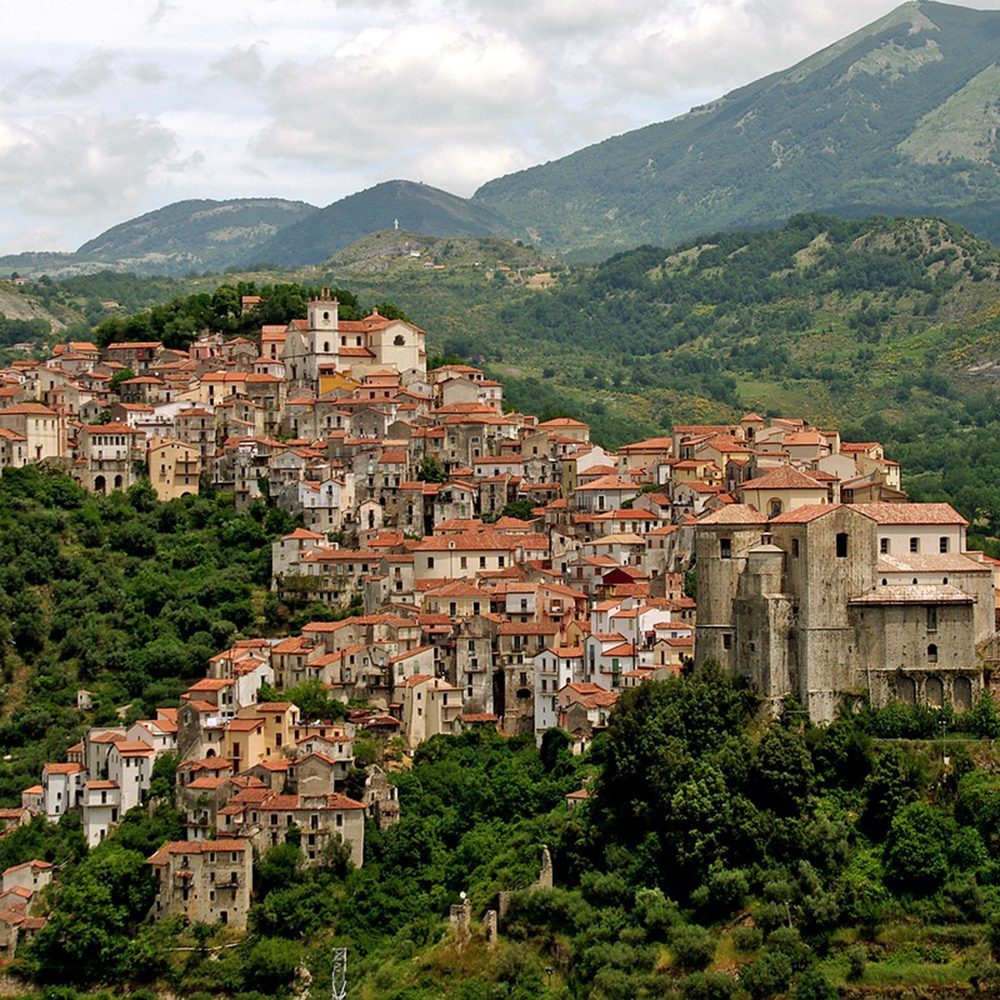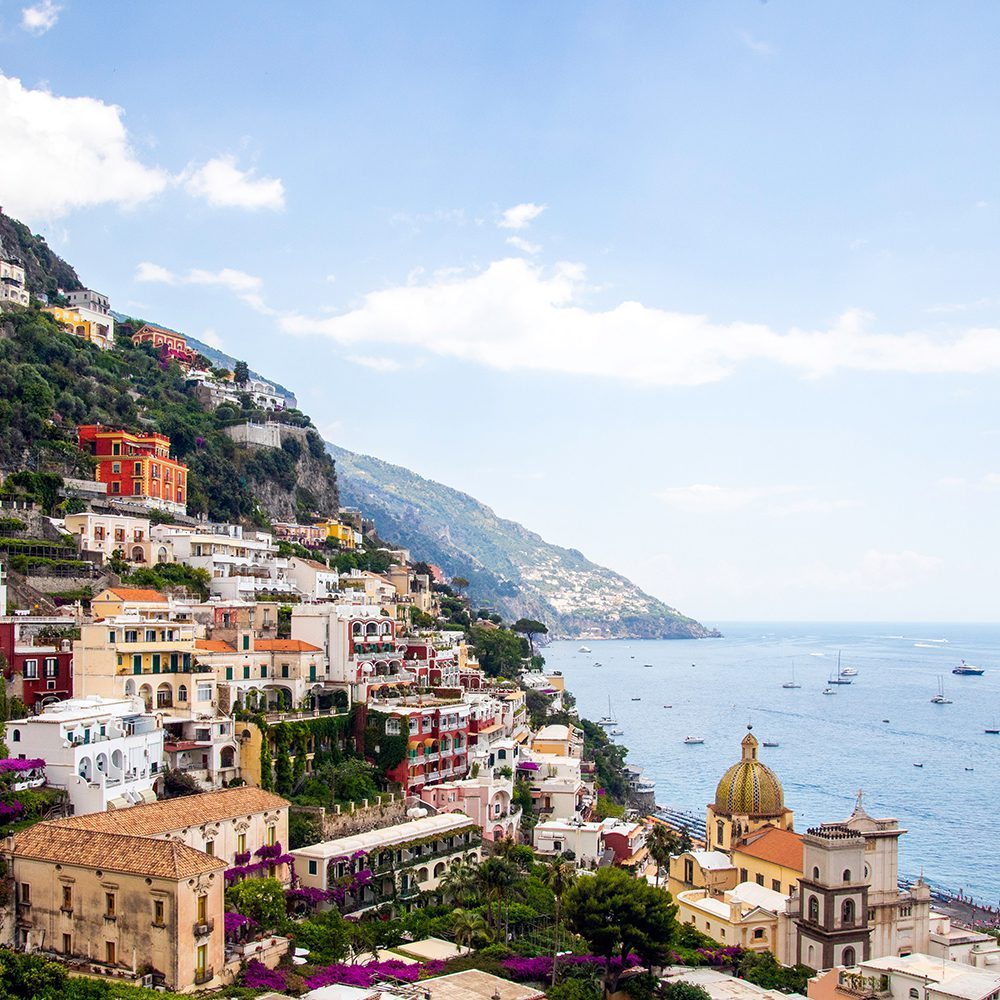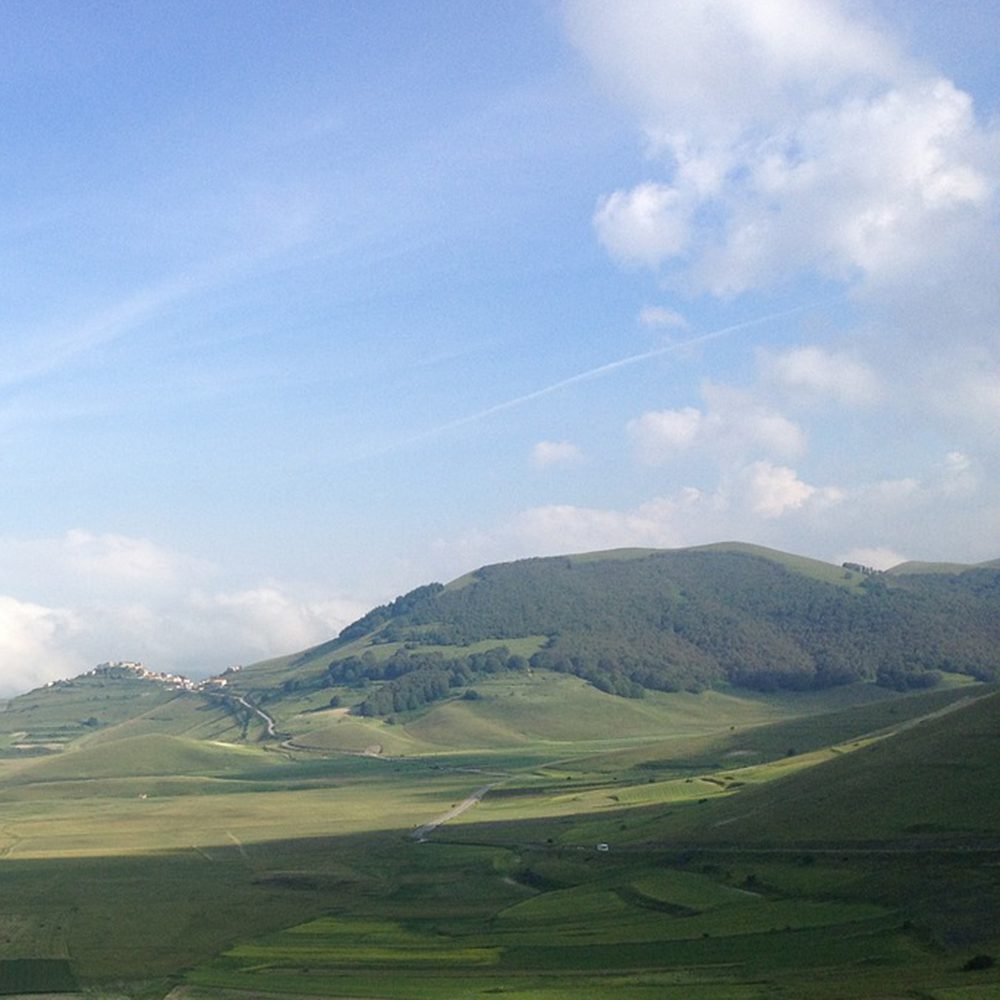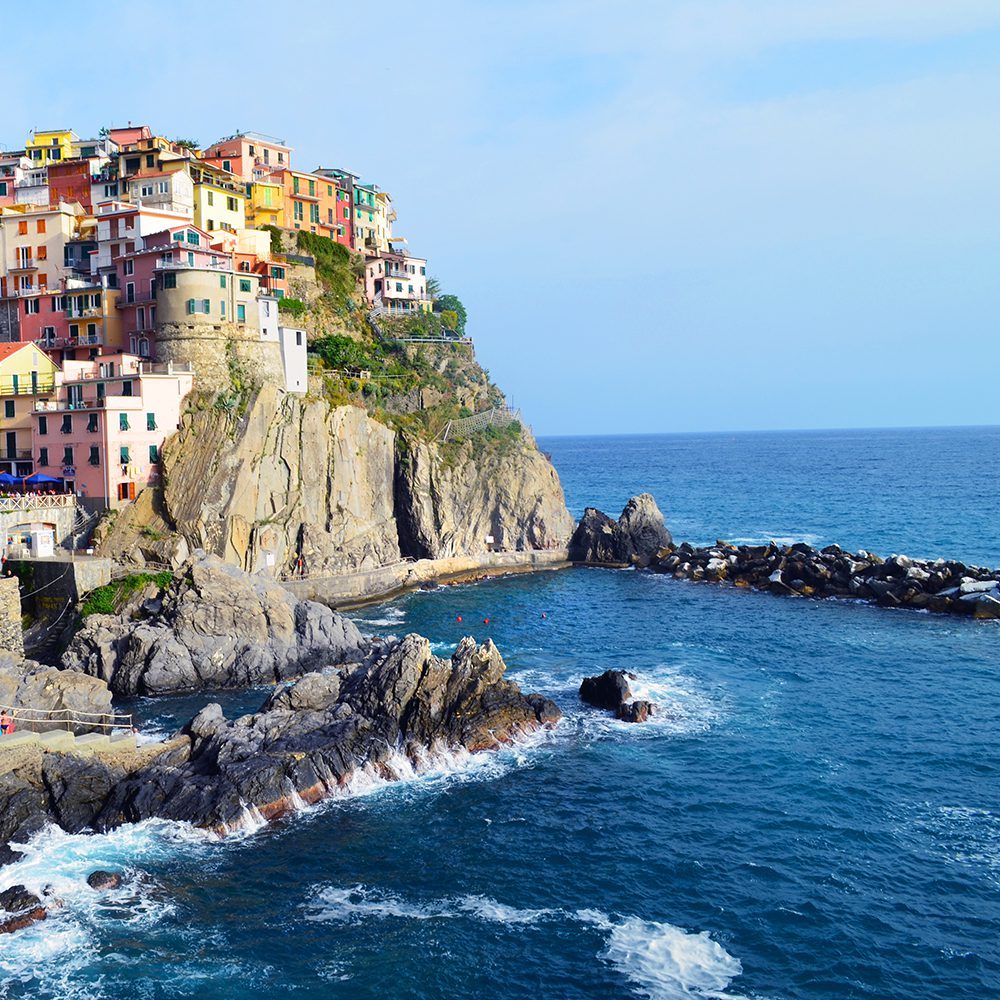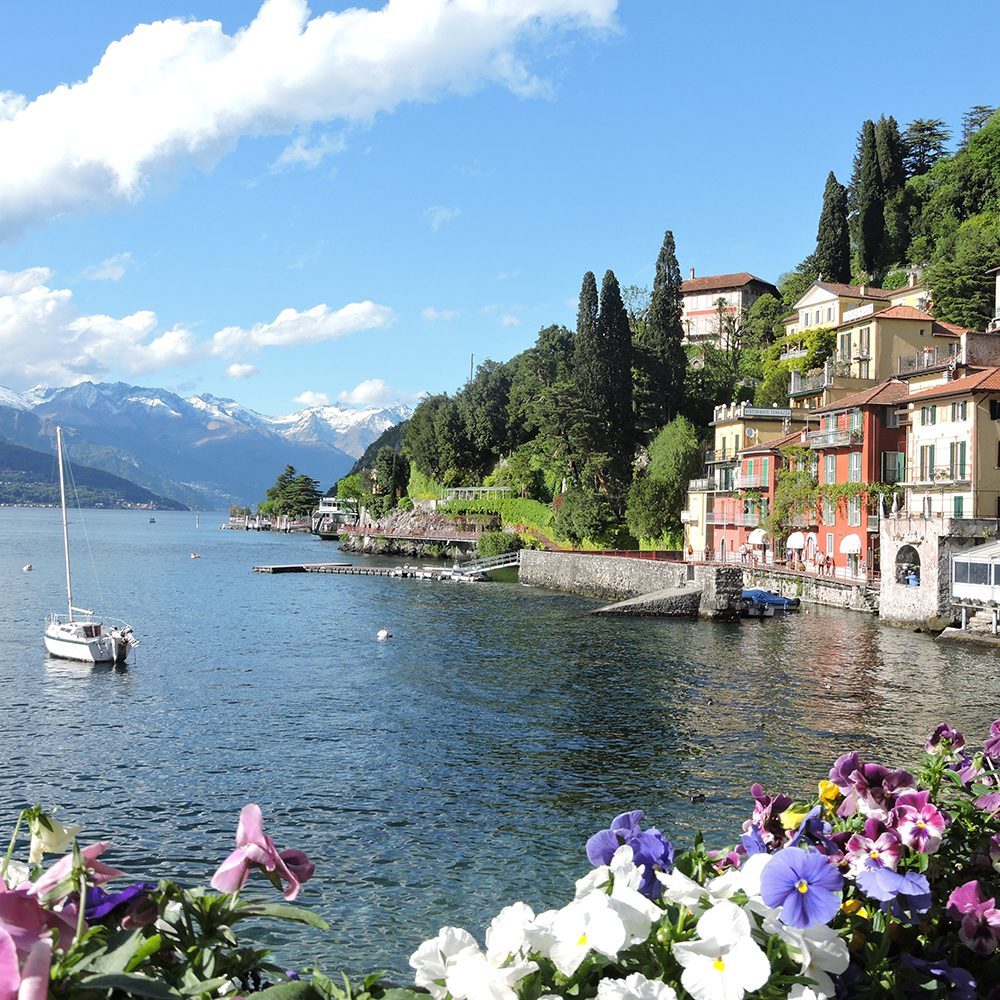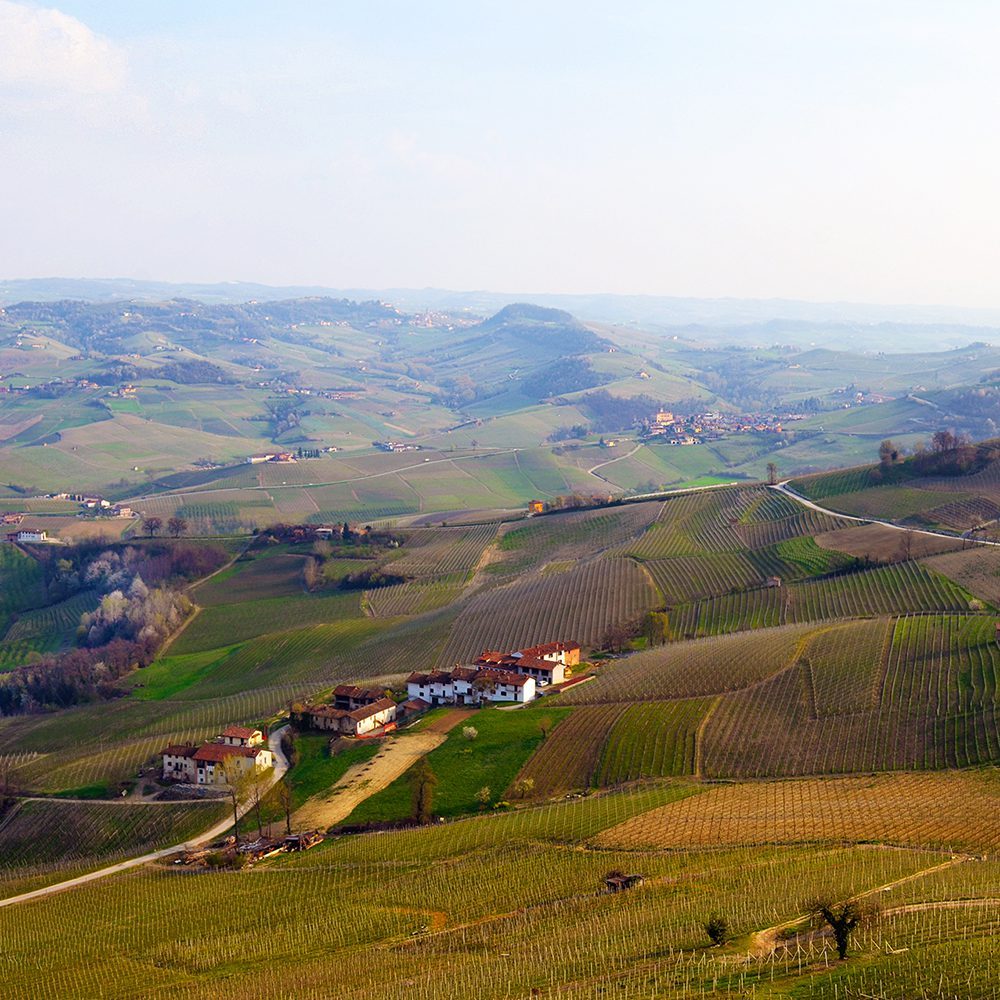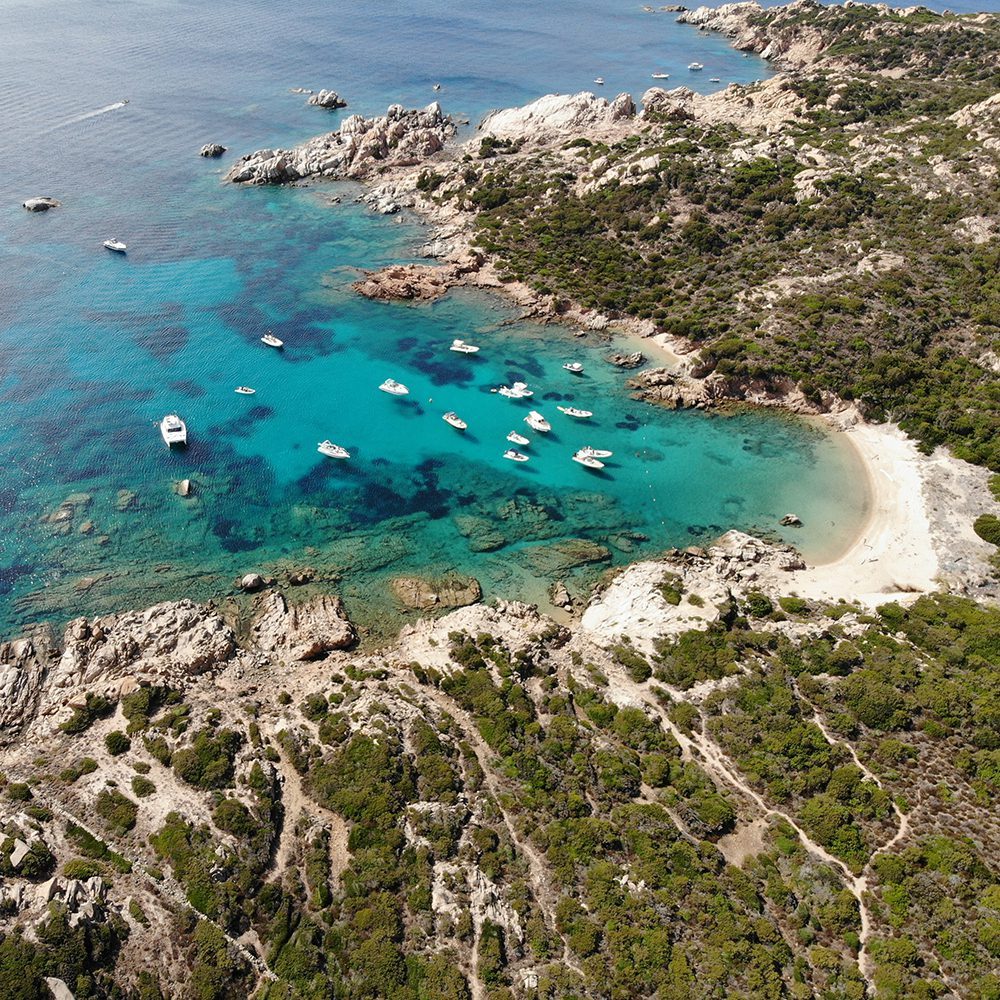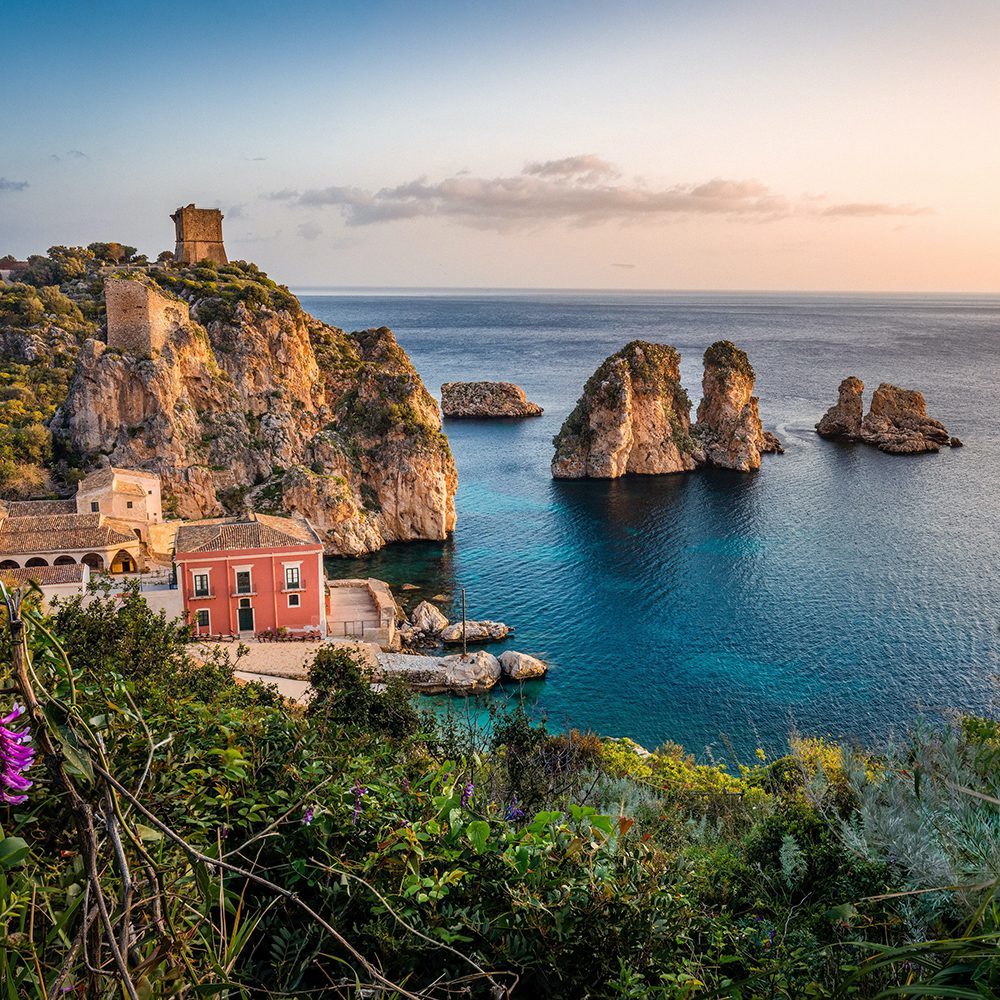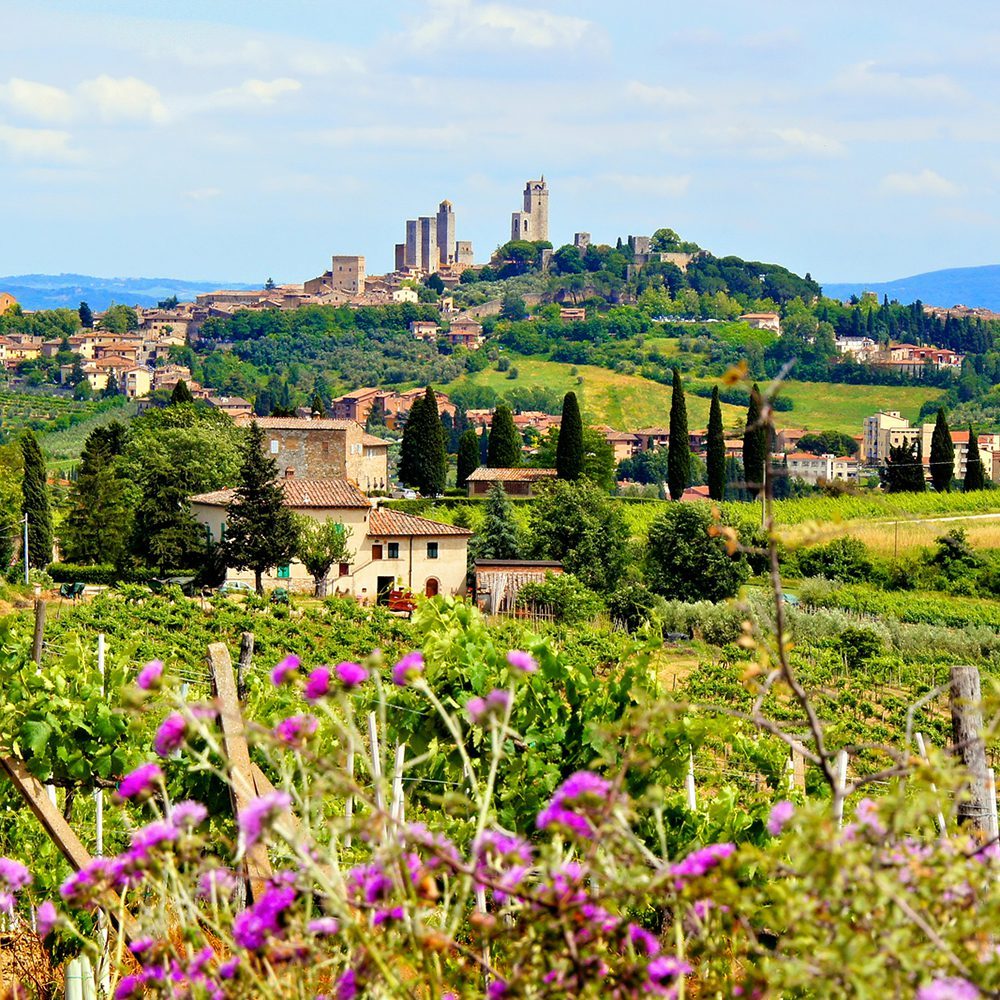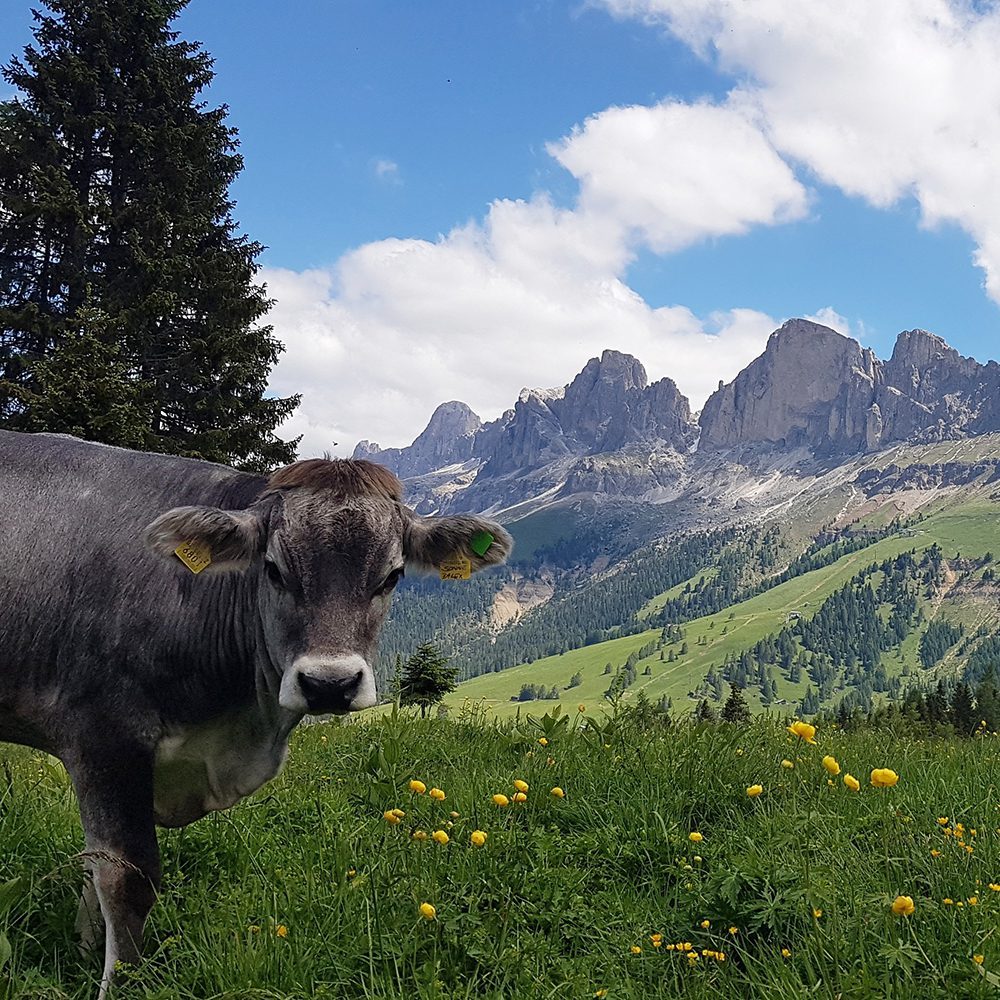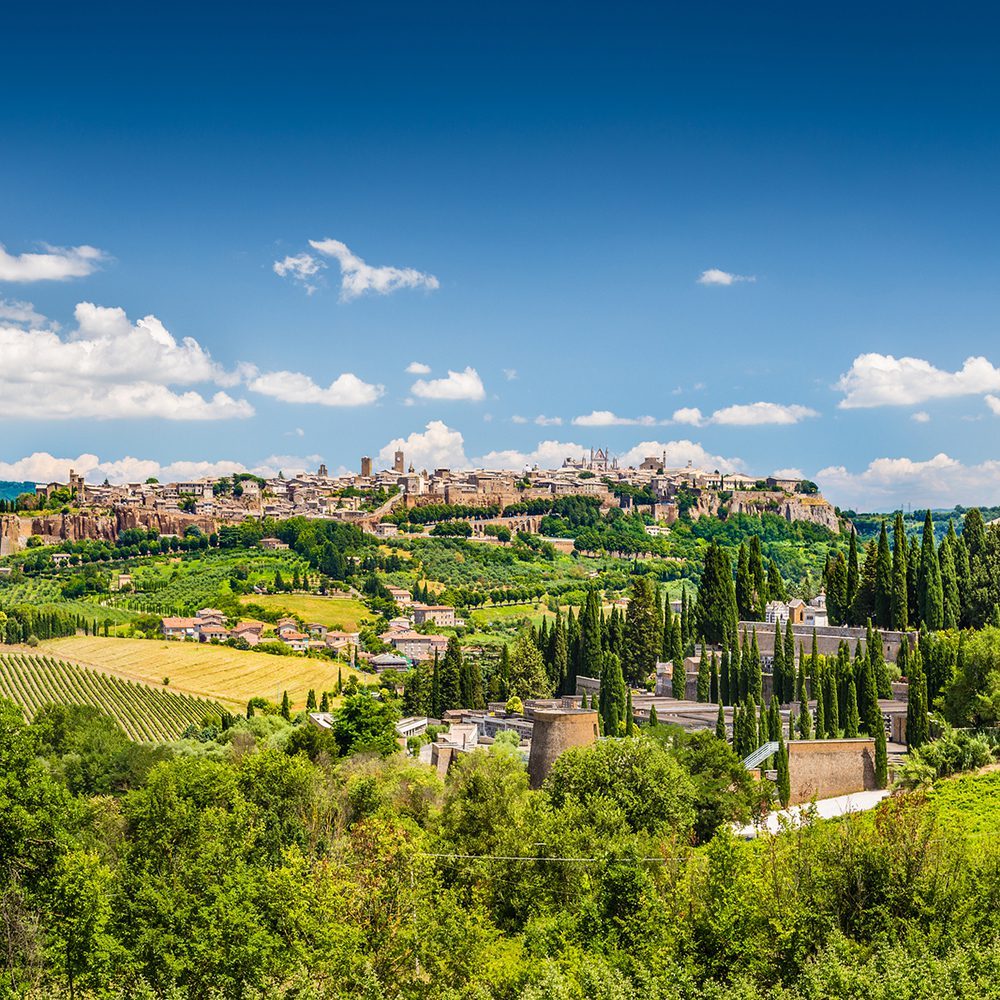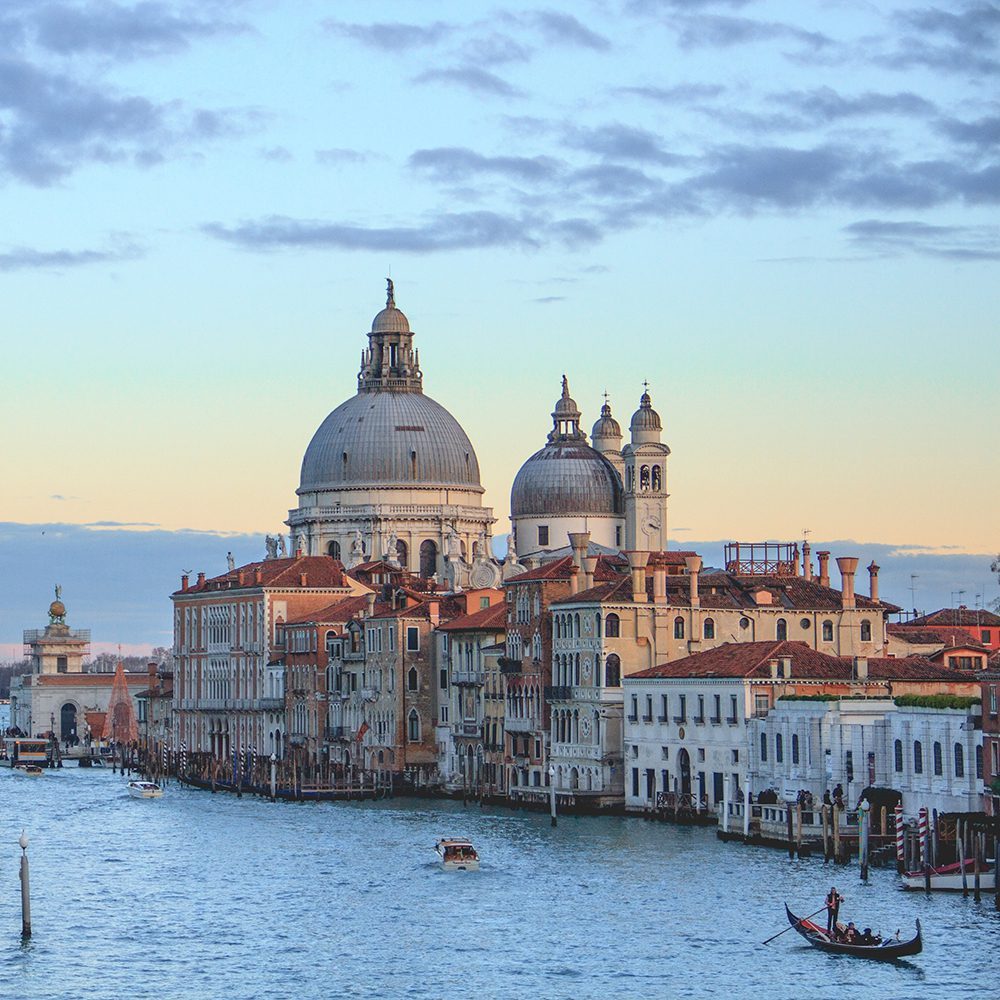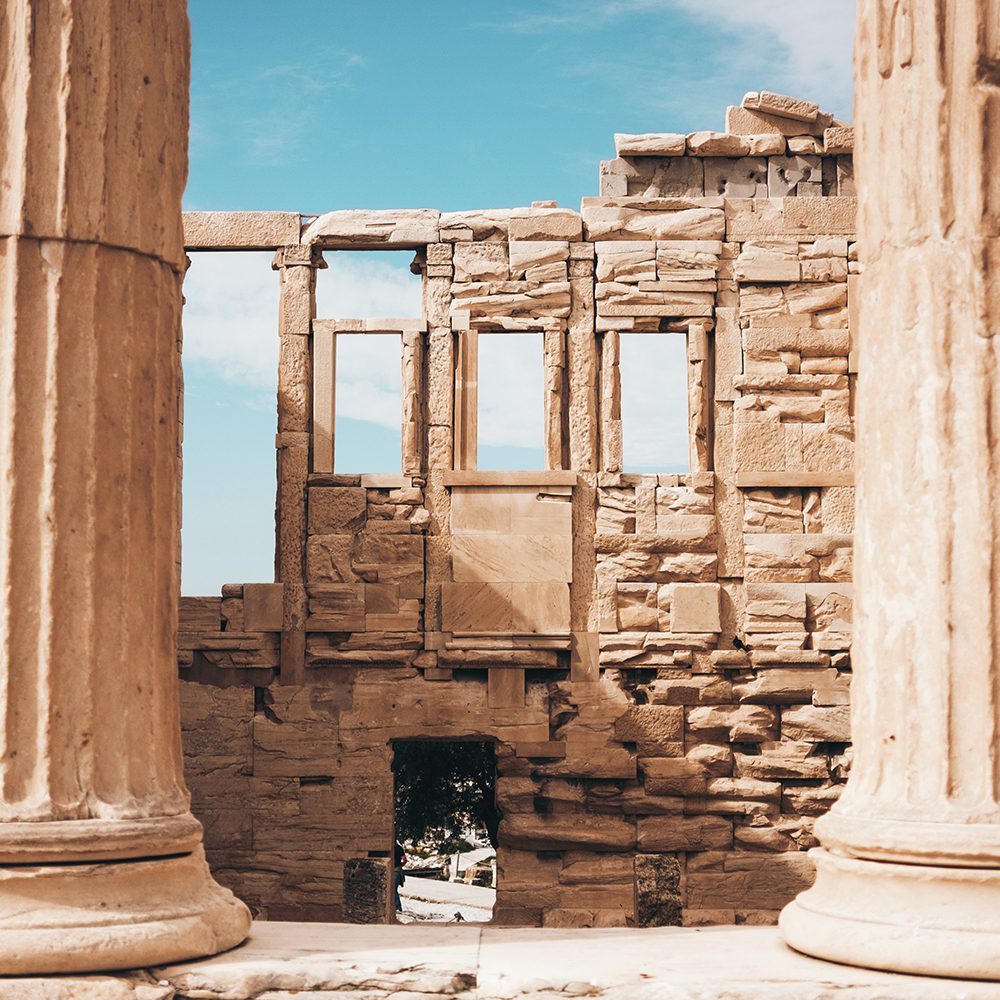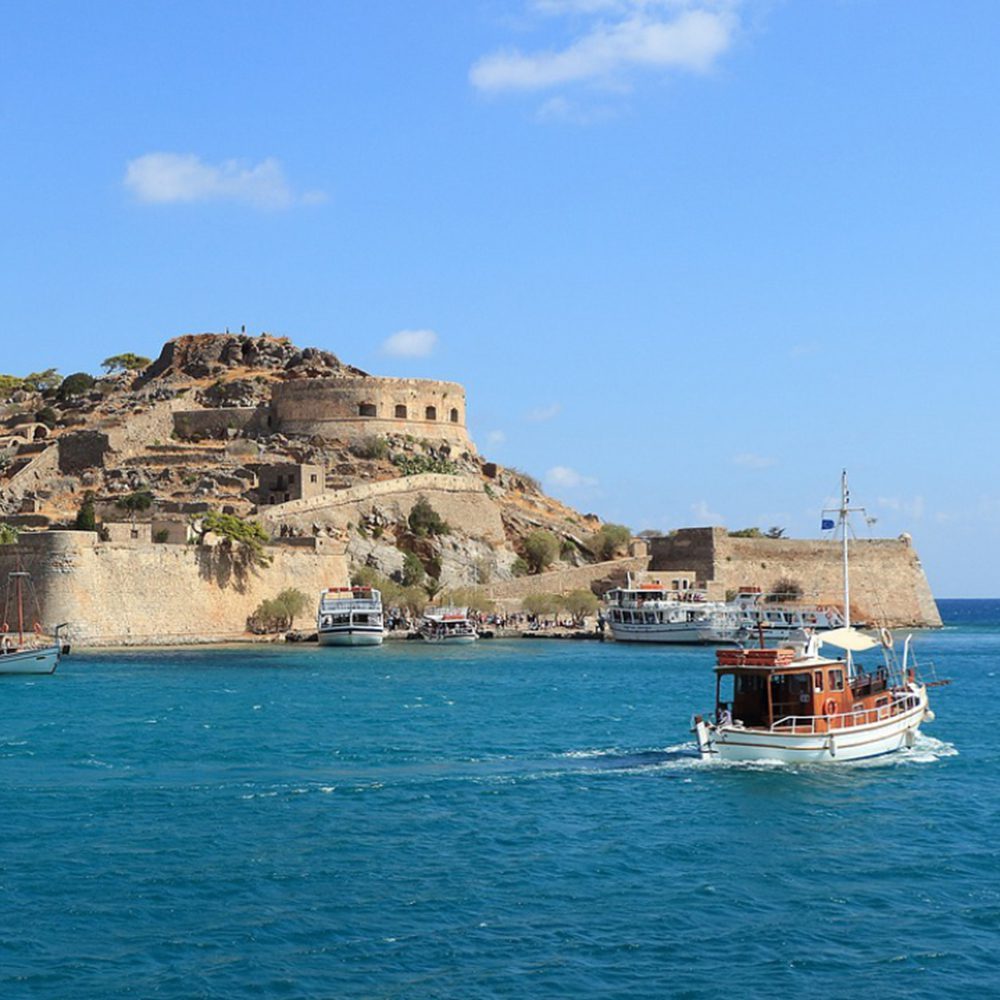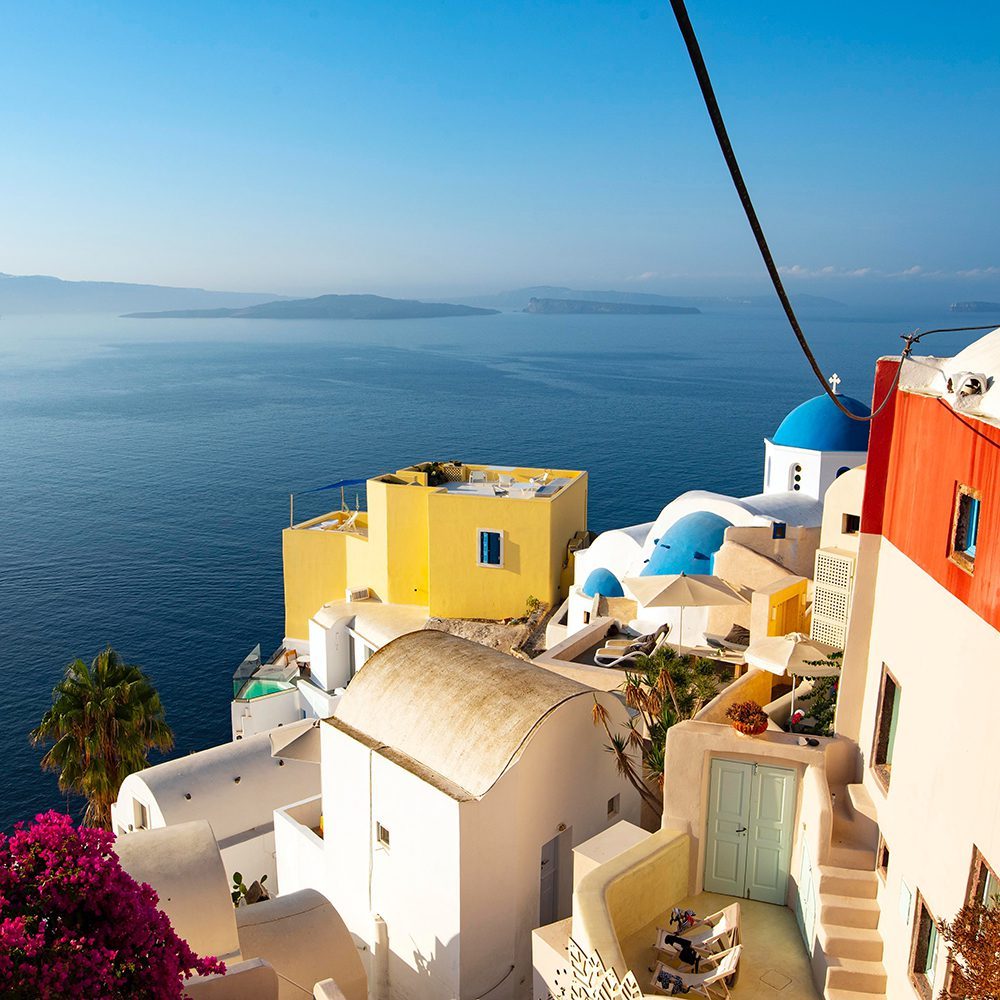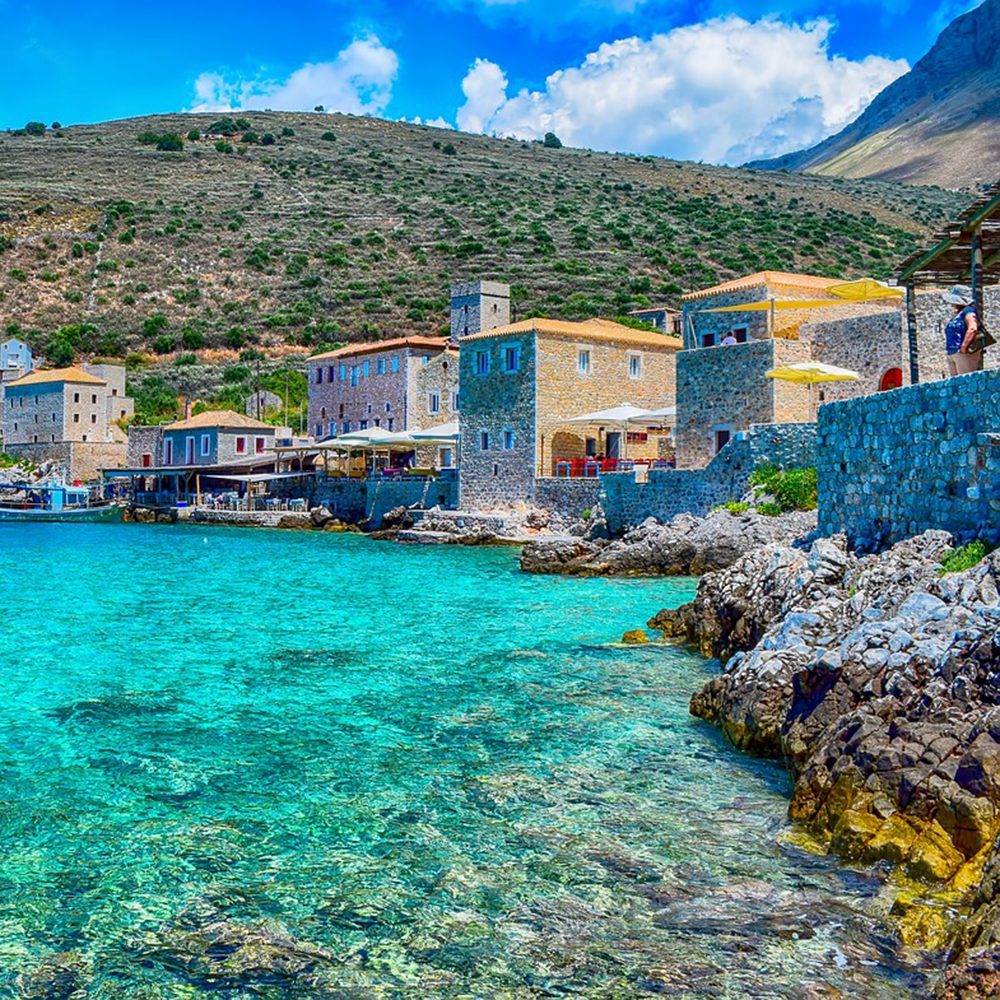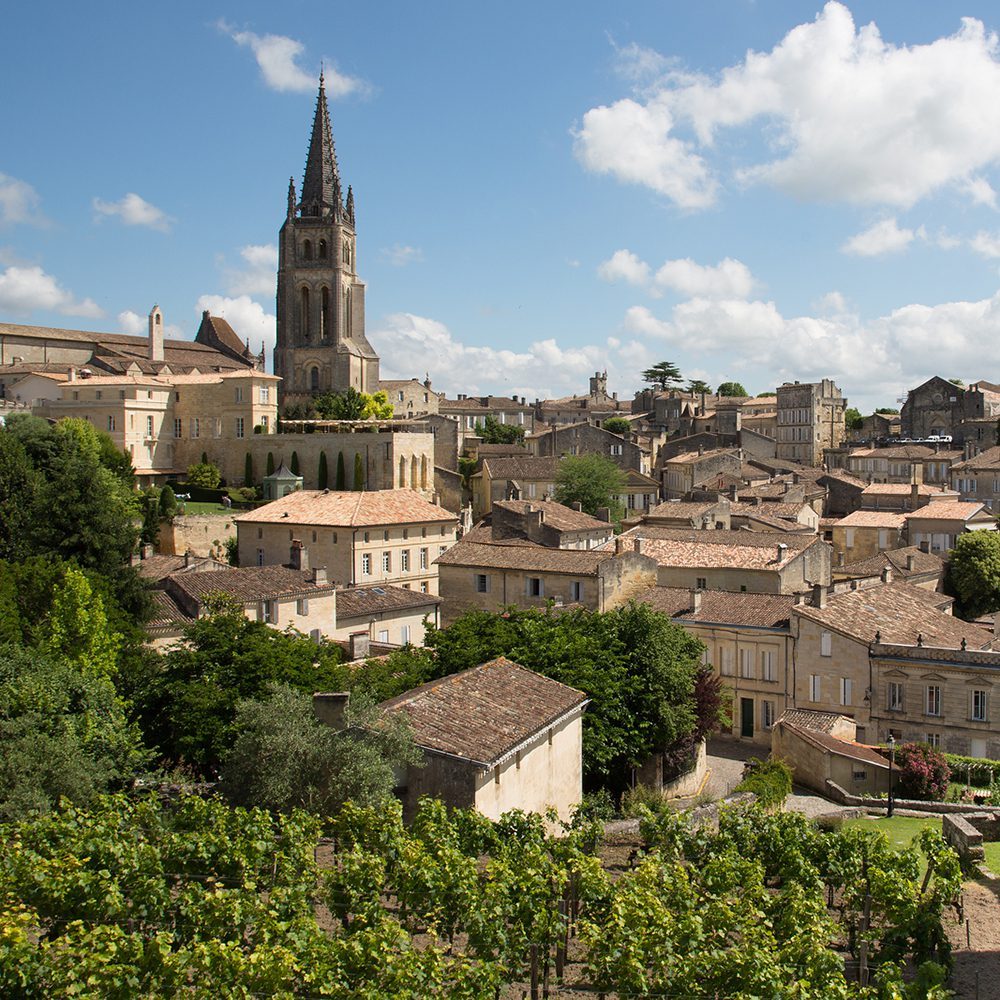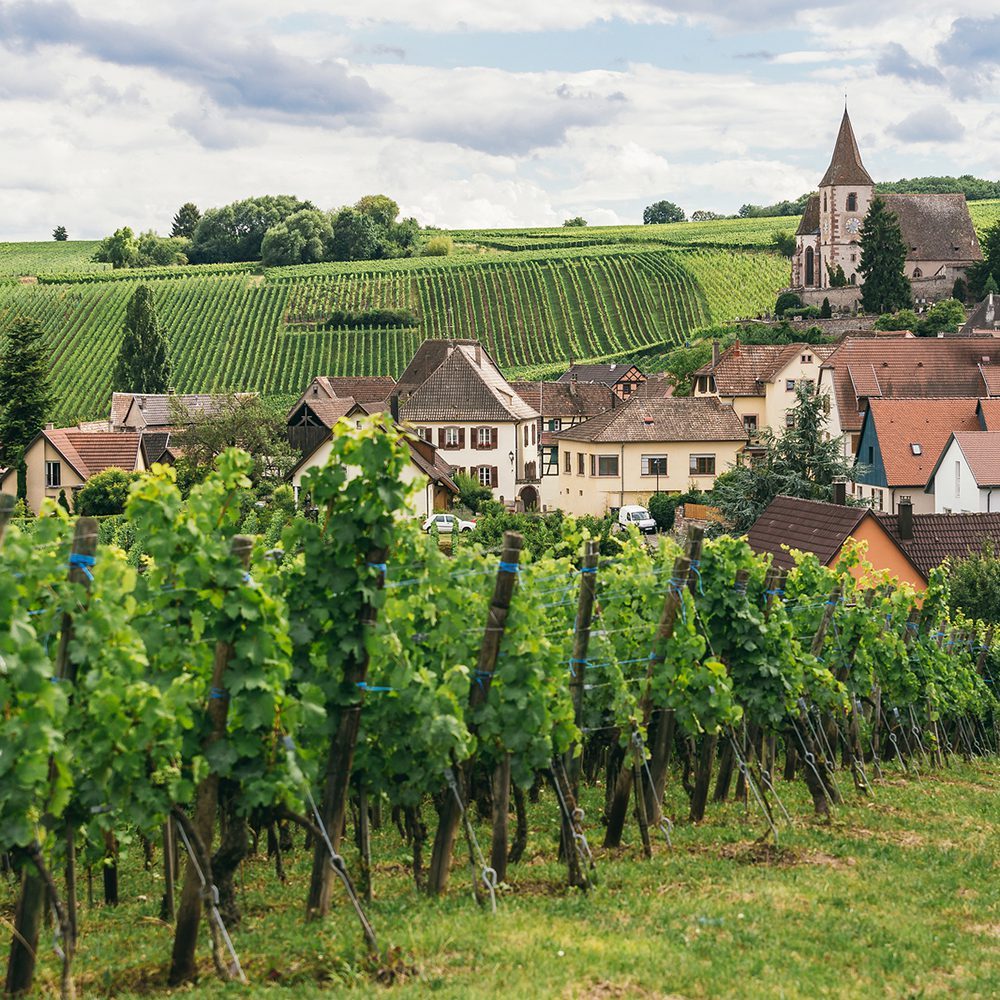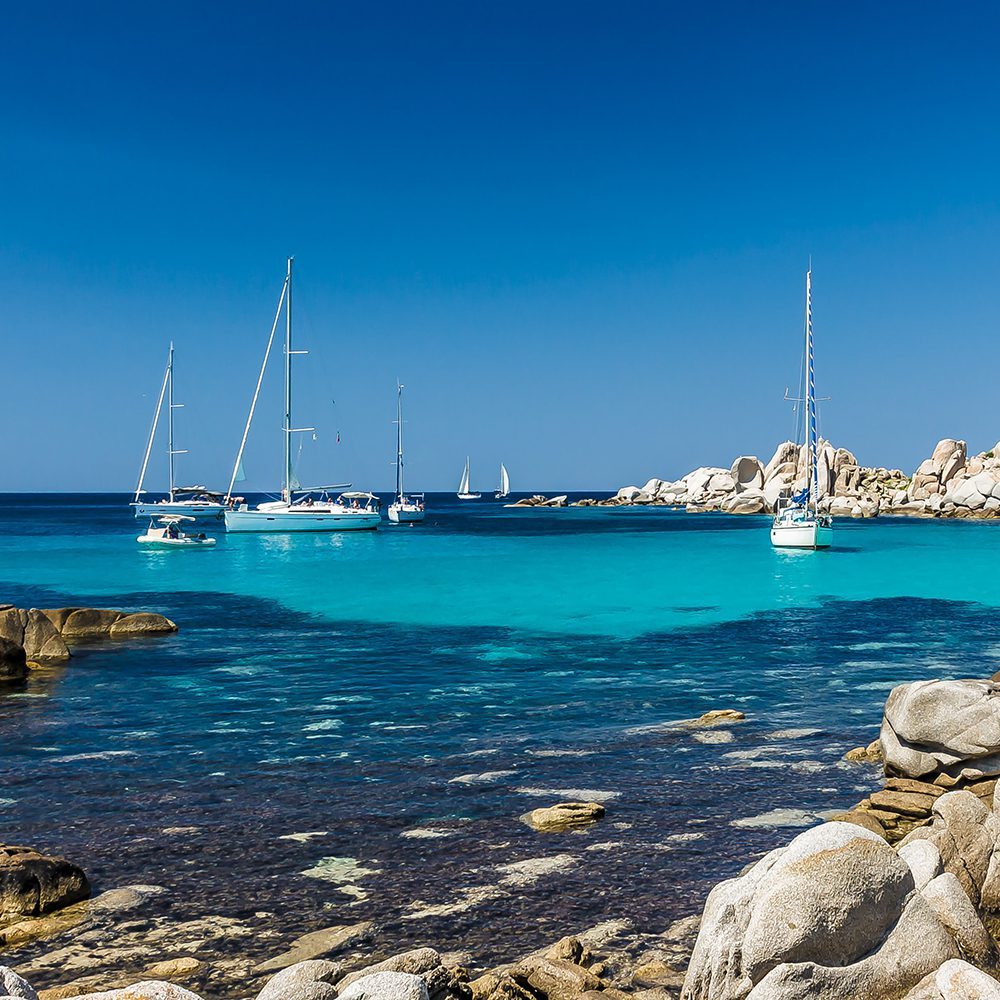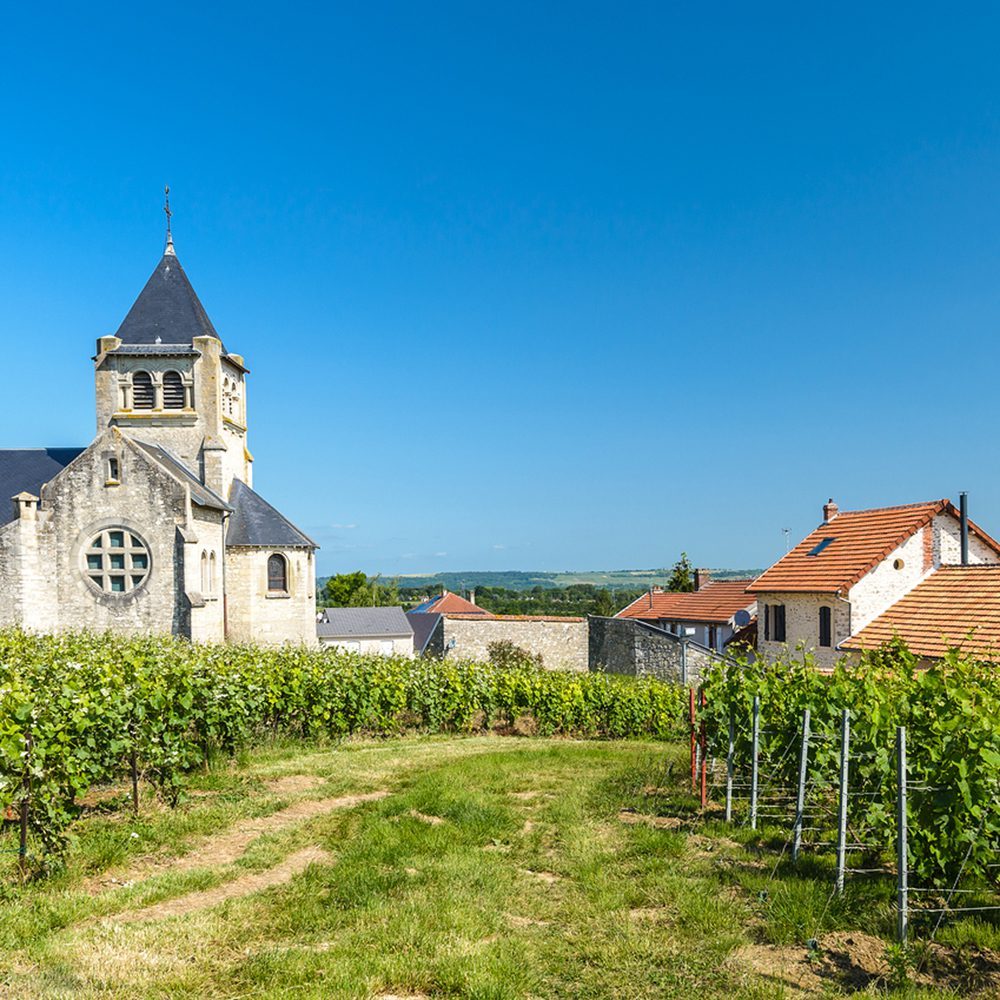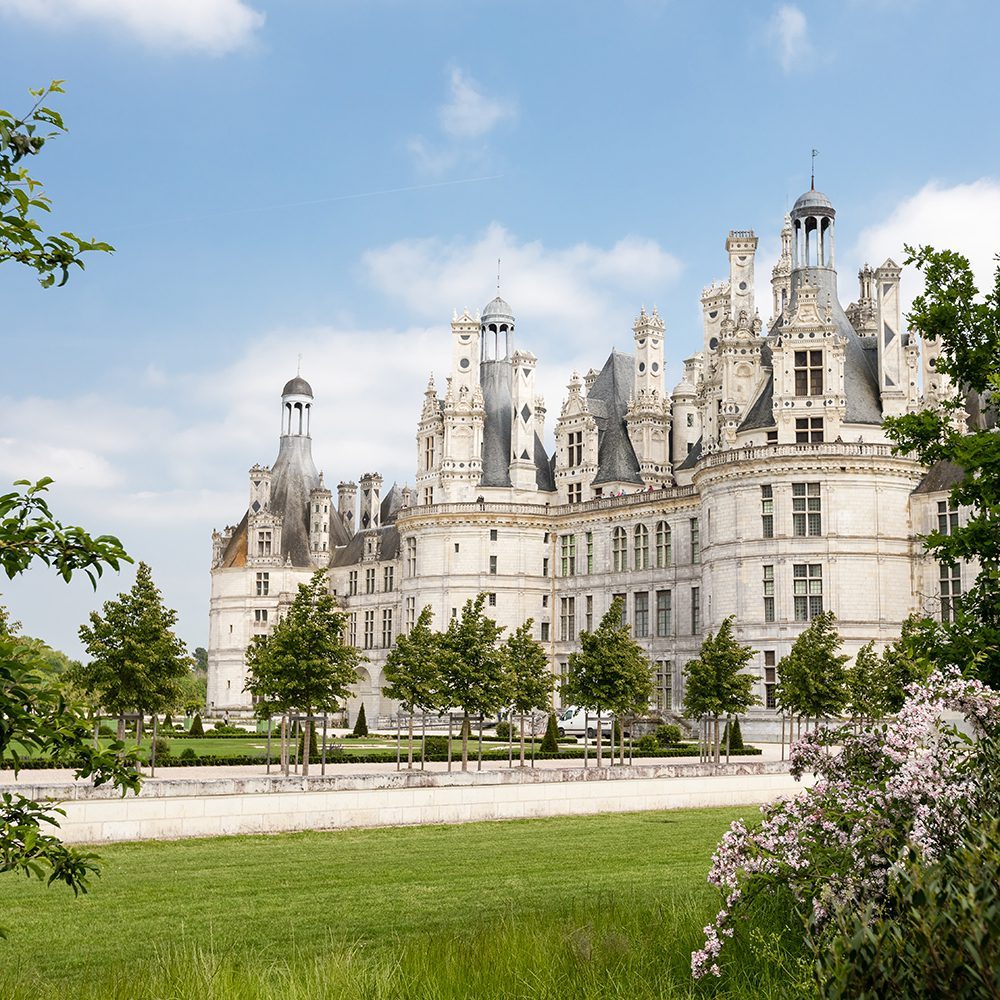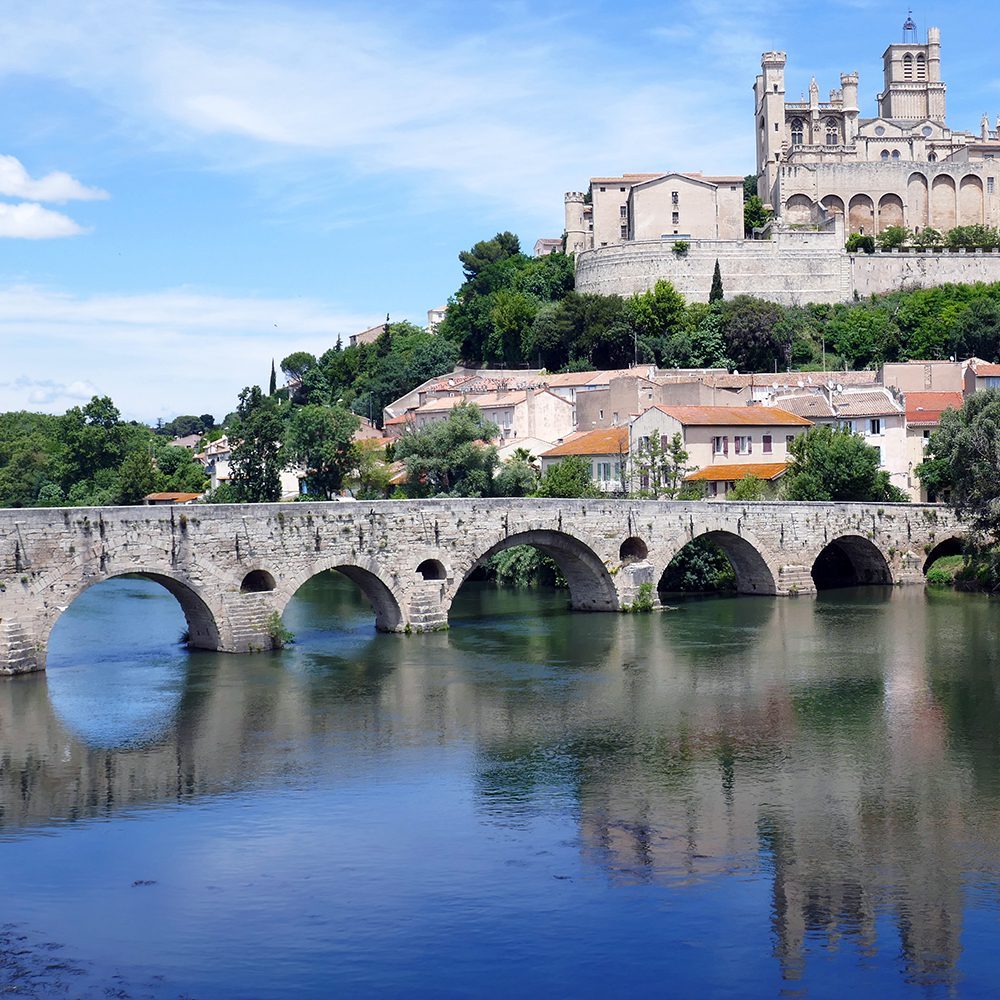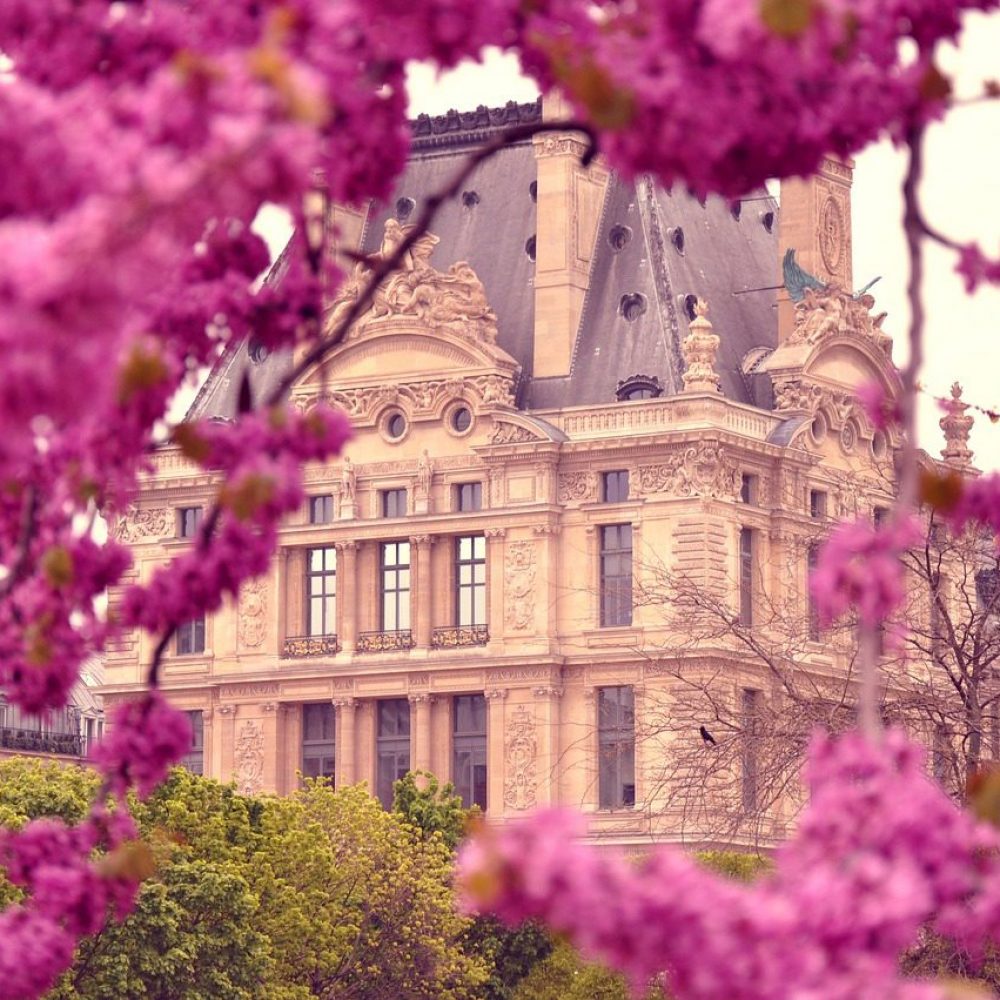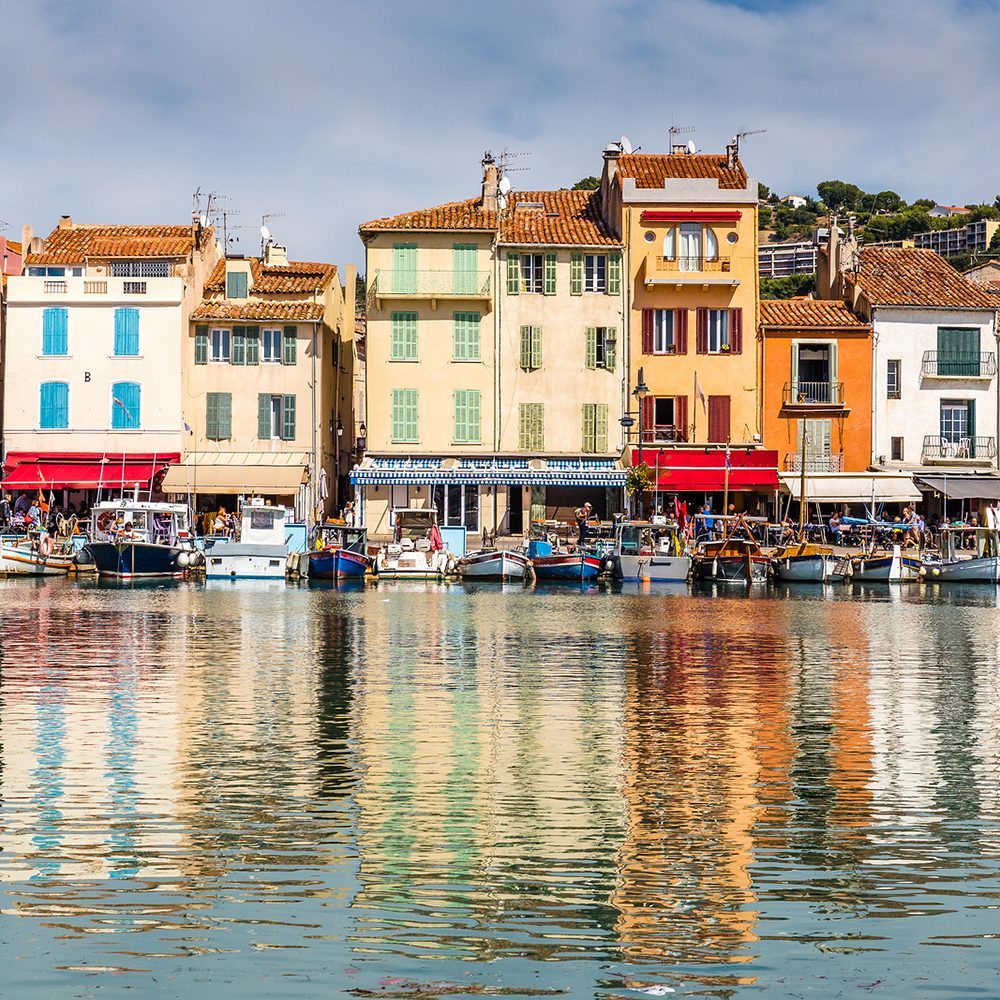Orgosolo: The Moral of the Mural
Orgosolo: The Moral of the Mural
The mural laden town of Orgosolo is a present day reminder of the cultural pride and sense of independence seared into the Sardinian consciousness, often times contrary to the political stances of mainland Italy. Hidden from the fun and sun seeking throngs of beach going tourists, Orgosolo is a mountaintop town that serves as a radiating symbol of Sardinian political disillusionment – a community built upon the earnest attempt to alter the discourse of history one brush stroke at a time.
A mountain village of 5,000 inhabitants, Orgosolo lies at the central-northern zone of the island called Barbagia, in the province of Nuoro. The town is a pulsating canvas brought to life by its more than 350 murals. Painted across the facades of homes and stores, down alleyways and around corners, and along the sides of buildings, these murals color not only the collective imagination of the townspeople but influence everyday life in this unassuming Sardinian town. Bold, inciting and profound, the murals have been designed and executed by the artistic sons and daughters of Sardinia and Italian mainlanders alike, to memorialize not only the many local achievements of the community but also the political strife and violent tragedies imposed upon the people of Sardinia from centuries of colonization and military infiltration. Some murals are stylistically crude while others are brilliant; some appear to be from the hand of accomplished artists while others remain more powerful in their message than their aesthetic charm. All however, are uncanny in their ability to elicit an emotional response from the observer.
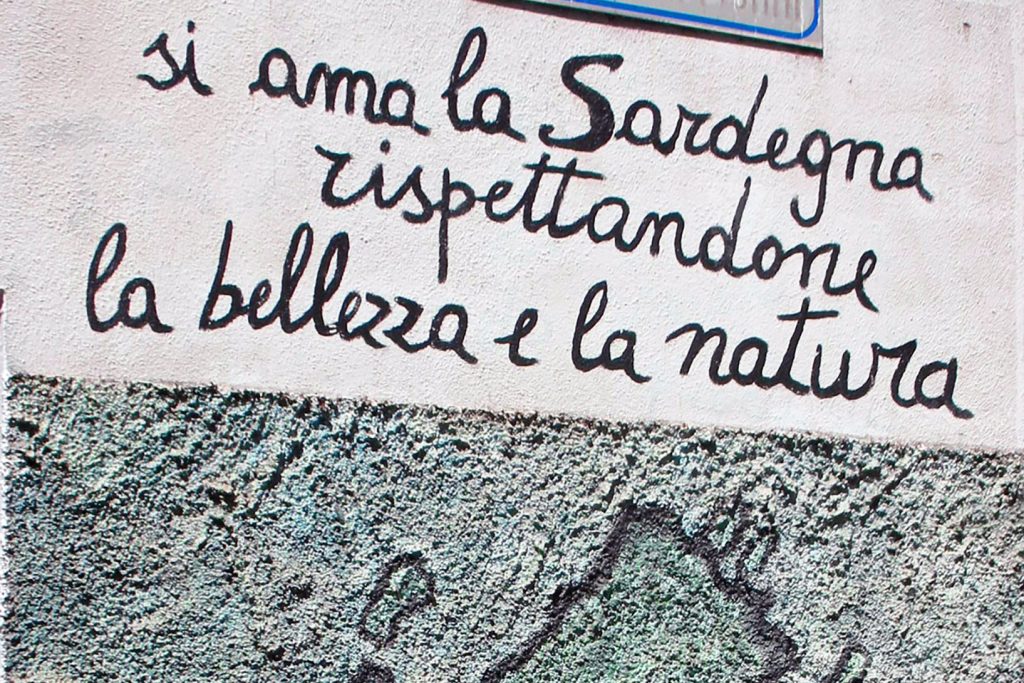
The first of the town’s famed murals was designed in 1968 by a visiting Milanese theater group and it would be another seven years until the next mural was created by a junior high school art teacher and his students. A thematic cornerstone of many of the murals is the concept of “banditismo barbaricino”, which depicts the archetypal Sardinian shepherd and farmer and their struggle with the authority of the Italian state and its governing influence over the island. From mural to movie screen, the heroic imagery of banditisimo barbaricino has even been cinematically portrayed in the critically acclaimed Italian Neorealist film “Bandits of Orgosolo”, directed by Vittoria De Seta. In true Neorealist form, the film stars mainly local, non-actors, and is beautifully photographed with the gritty contrast of a grayscale palette. It is unflinching in its address of the societal plights of an agrarian Sardinia desperately trying to hold onto its unique identity while being smothered beneath the cultural and political corruption of an Italy torn between tradition and modernity. Unrelenting in its raw style and poetic in its mise-en-scene, “Bandits of Orgosolo” is a brazen commentary manifested through a simplistic plot and centered on the conflict of a solitary protagonist, serving as a metaphor for a larger struggle that continues to engulf Sardinians even today.
As you walk the streets of Orgosolo, or even the tiny, winding corridors of many a Sardinian town, you can glimpse references to “Bandits of Orgosolo”, both actual and implied. A proud reverence for the film and its central themes are subtly and sometimes not so subtly celebrated as deeply and unwaveringly Sardinian. Perhaps this is the most important legacy of Orgosolo: that through adversity there is hope, through fog there is sunlight and through the gray of uncertainty there is the color of truth. Orgosolo is and forever will be, Sardinia.

